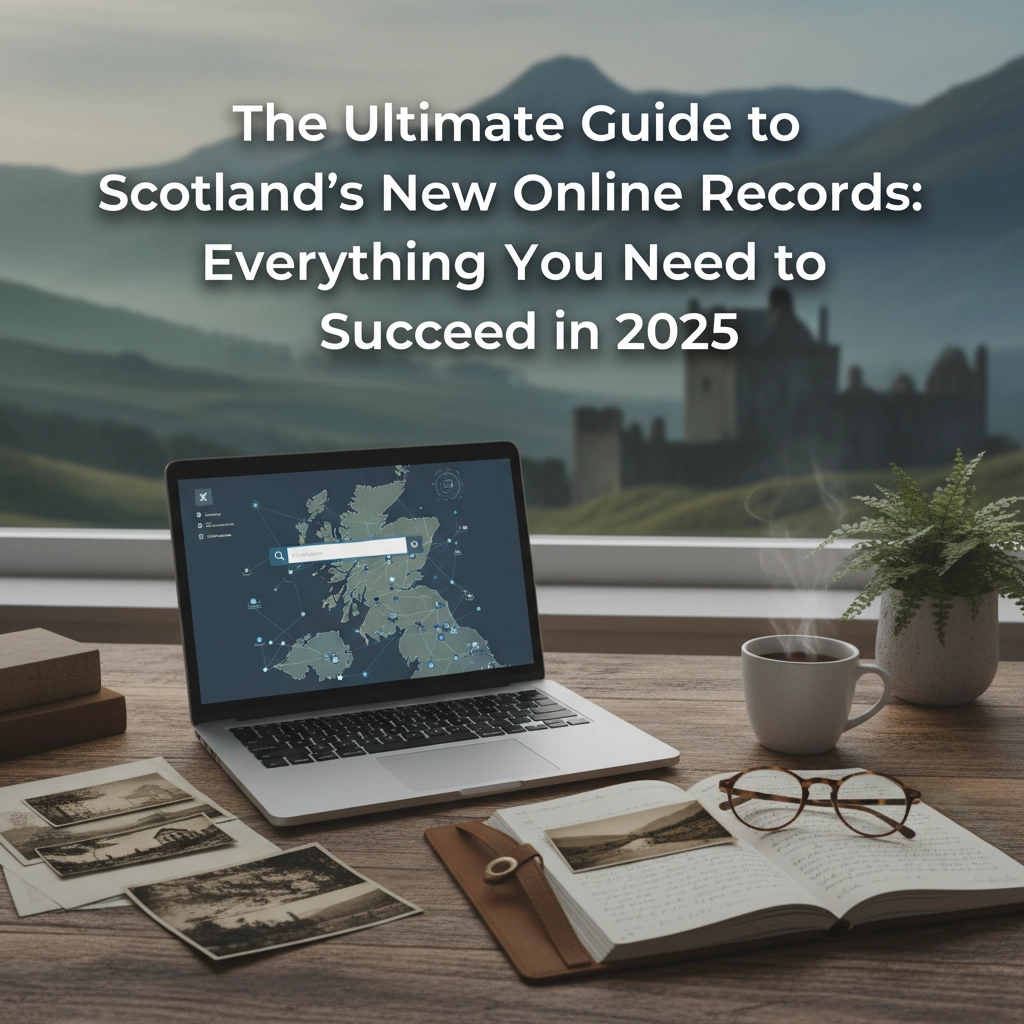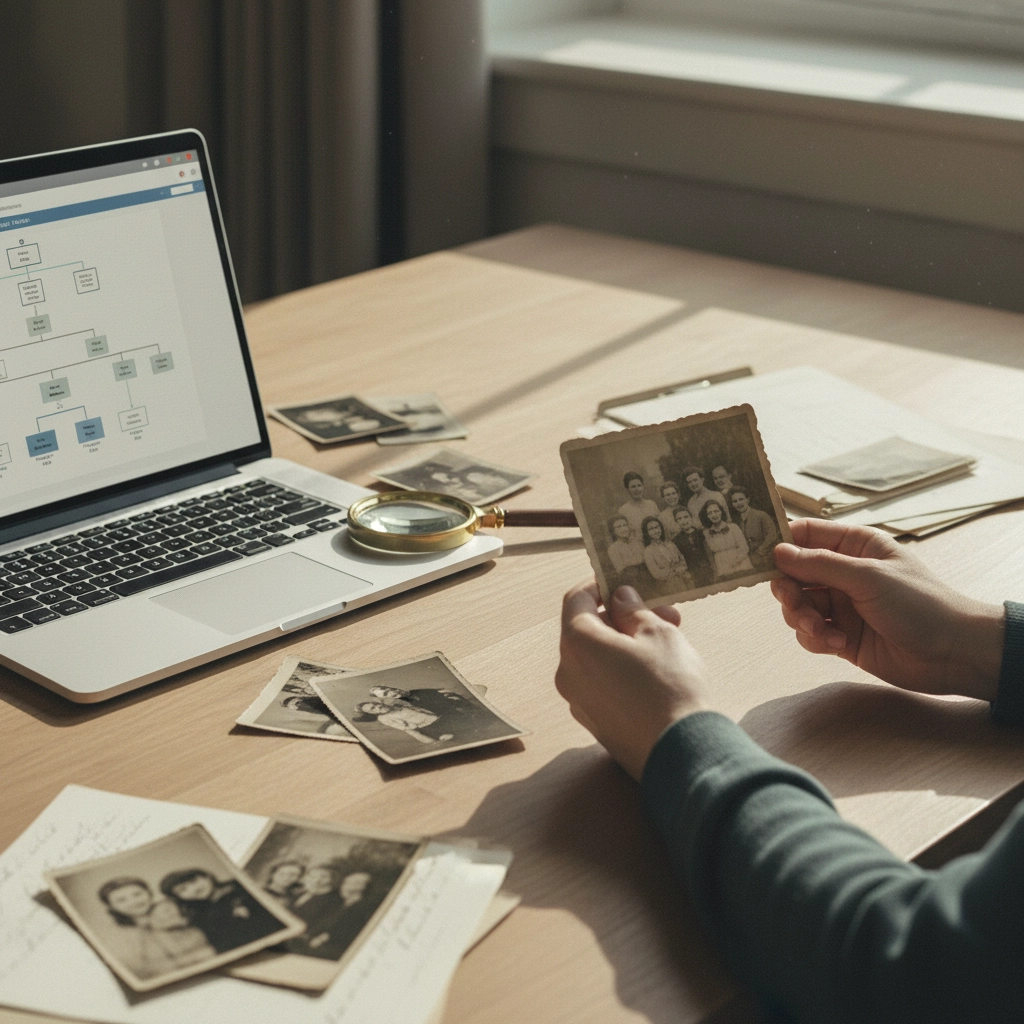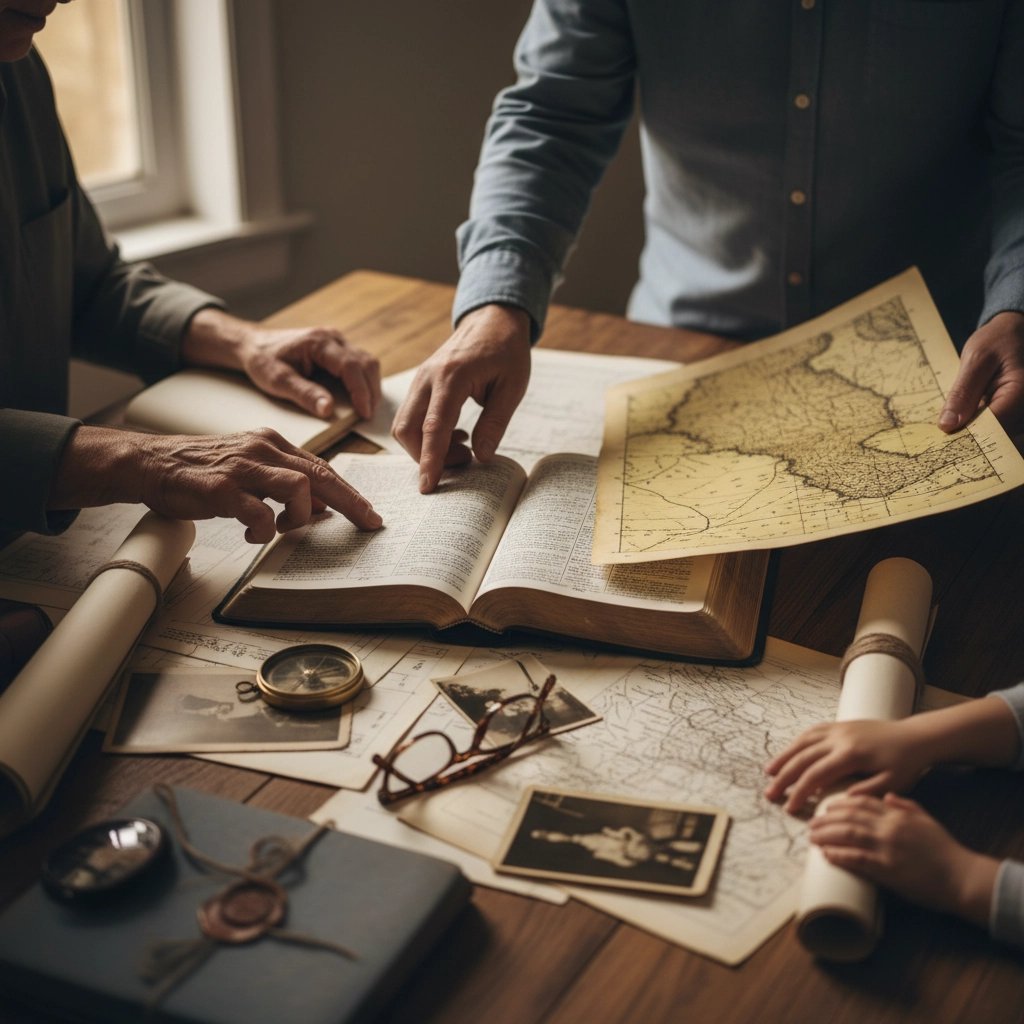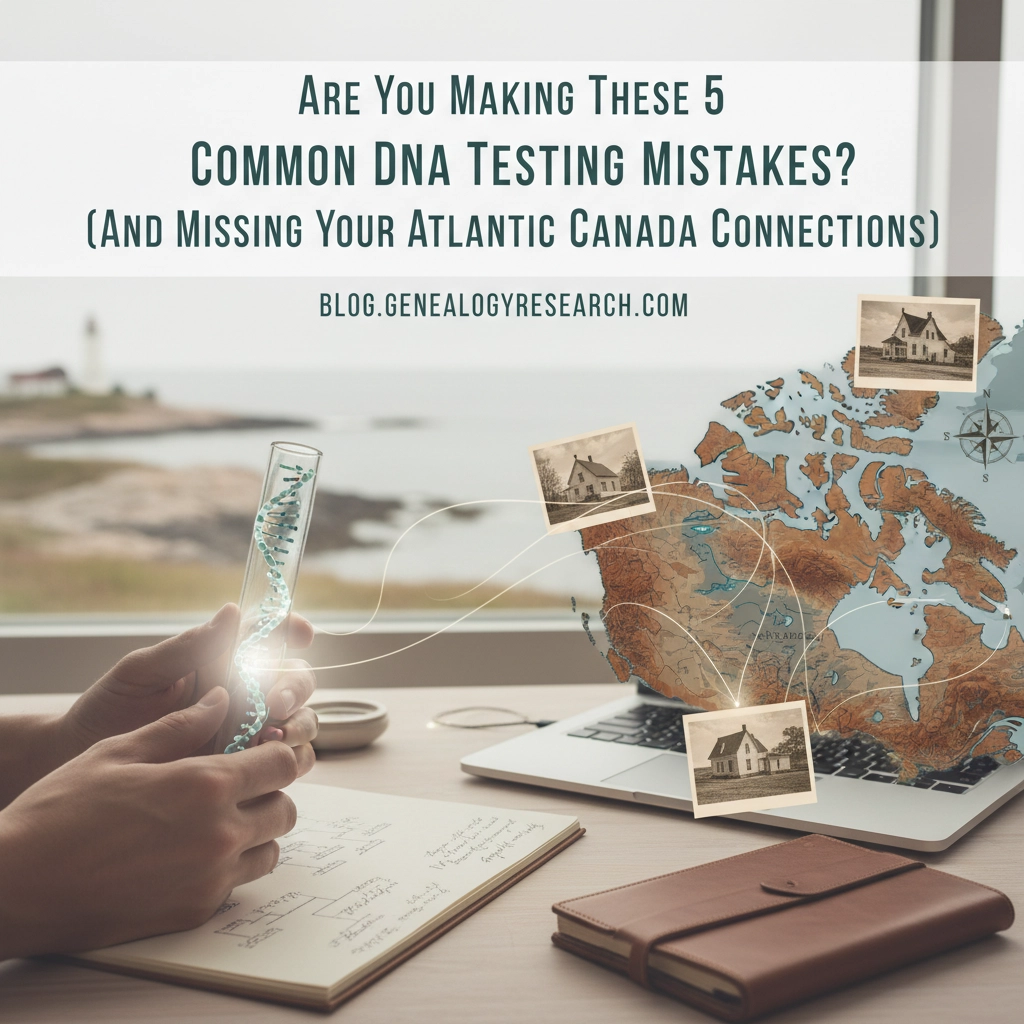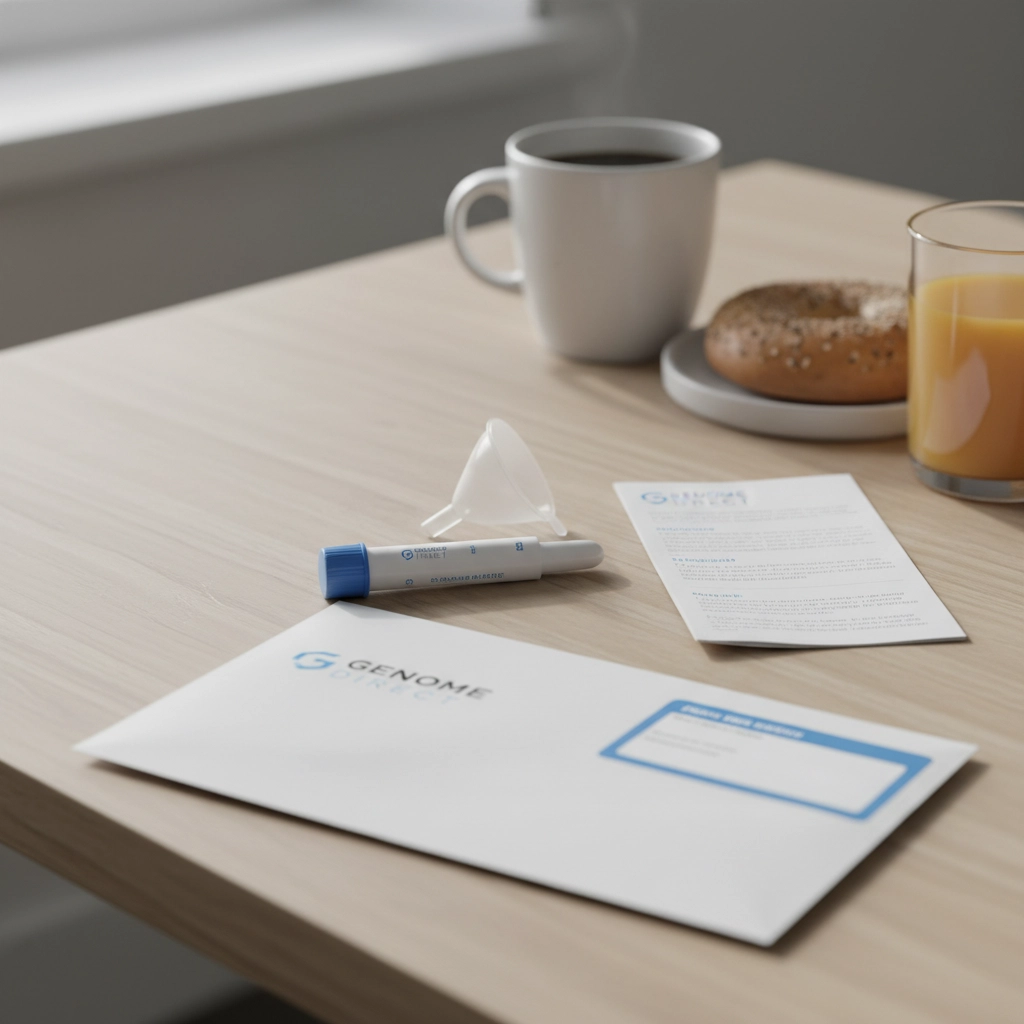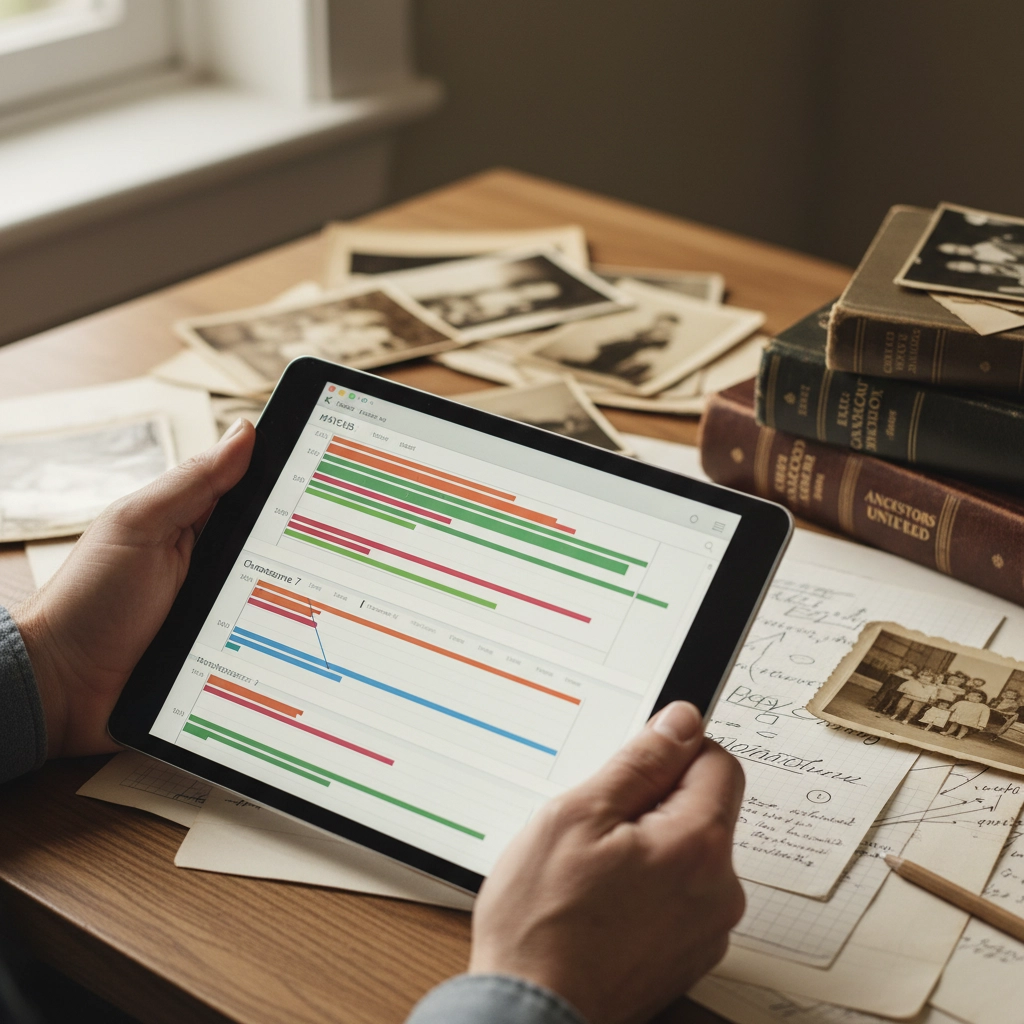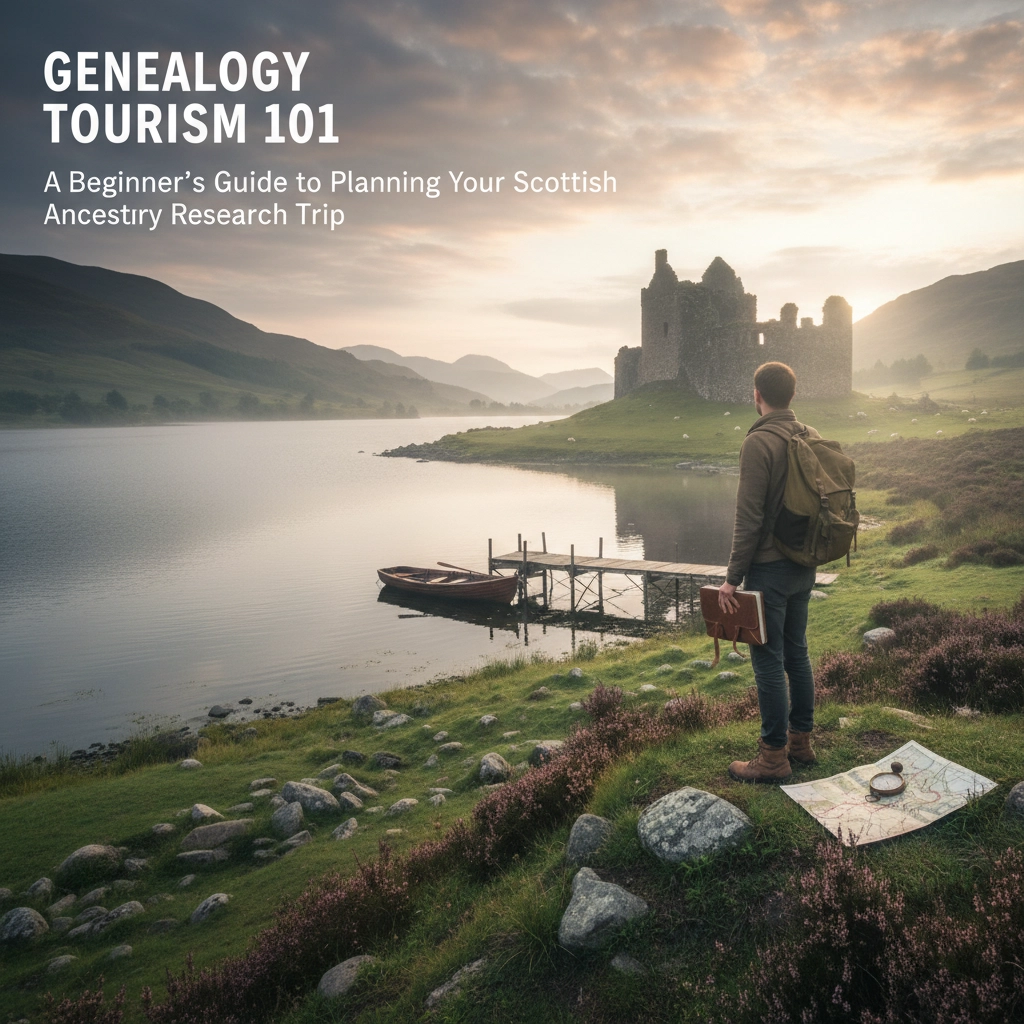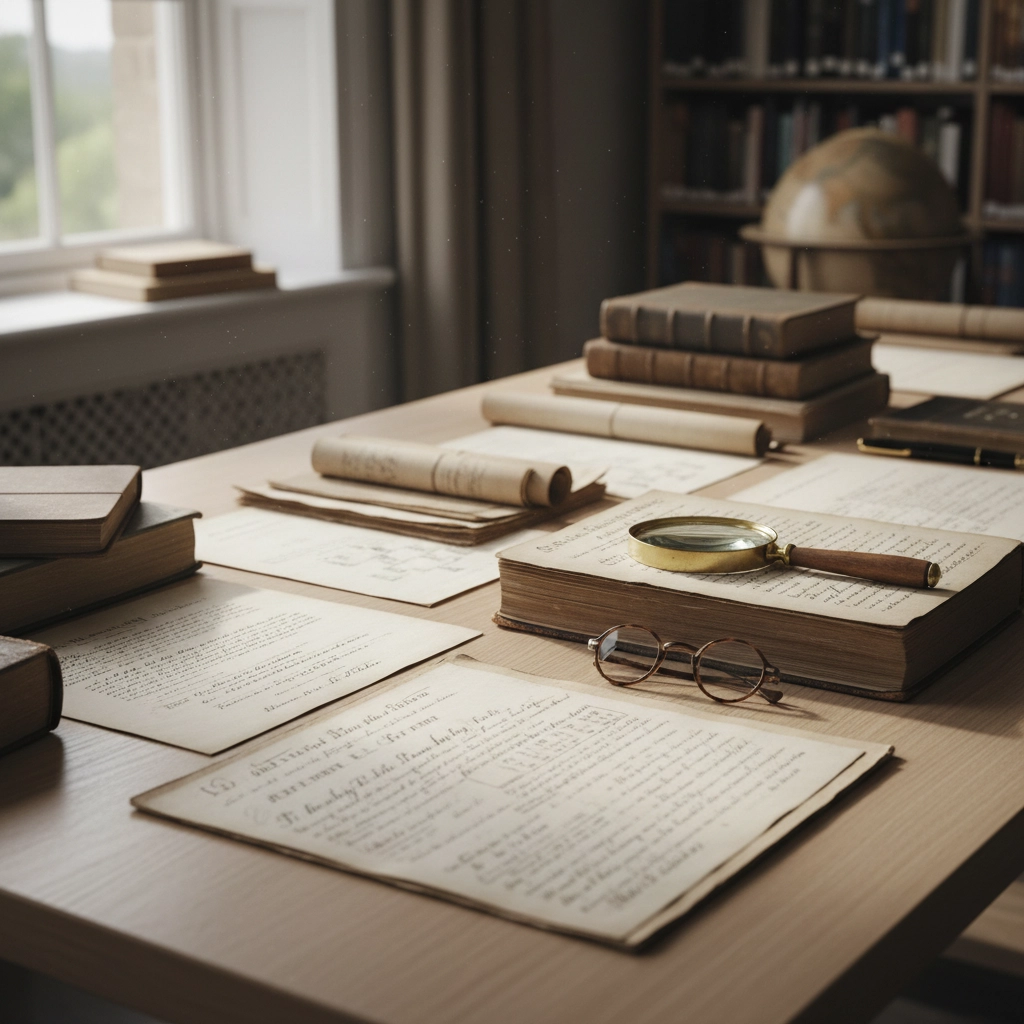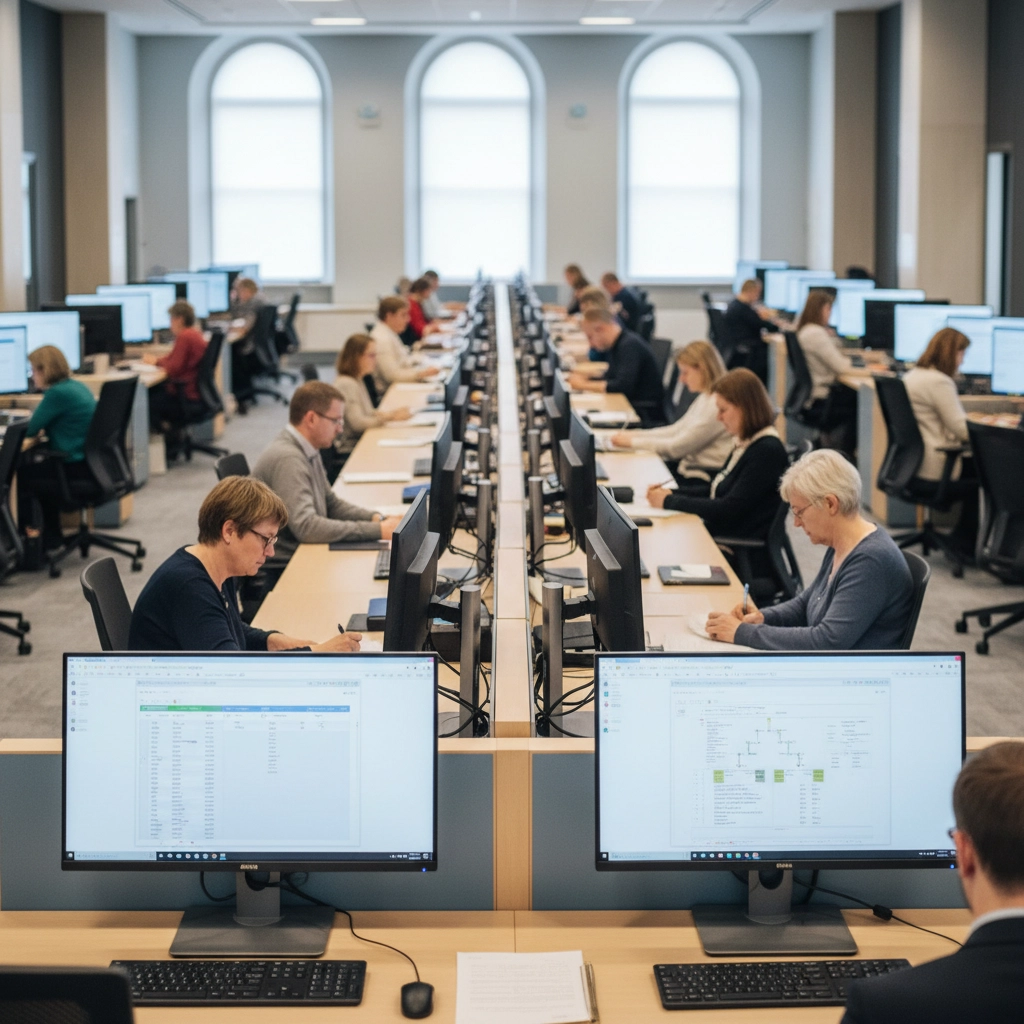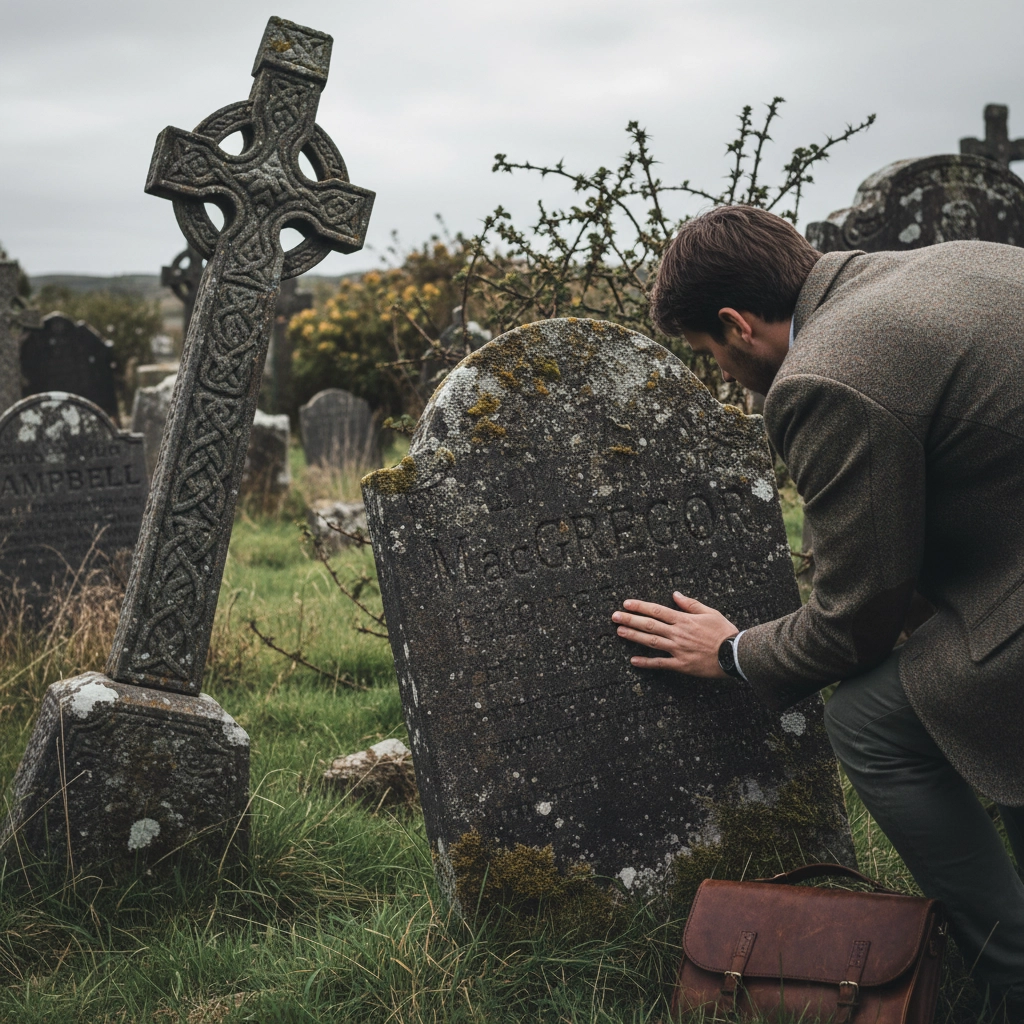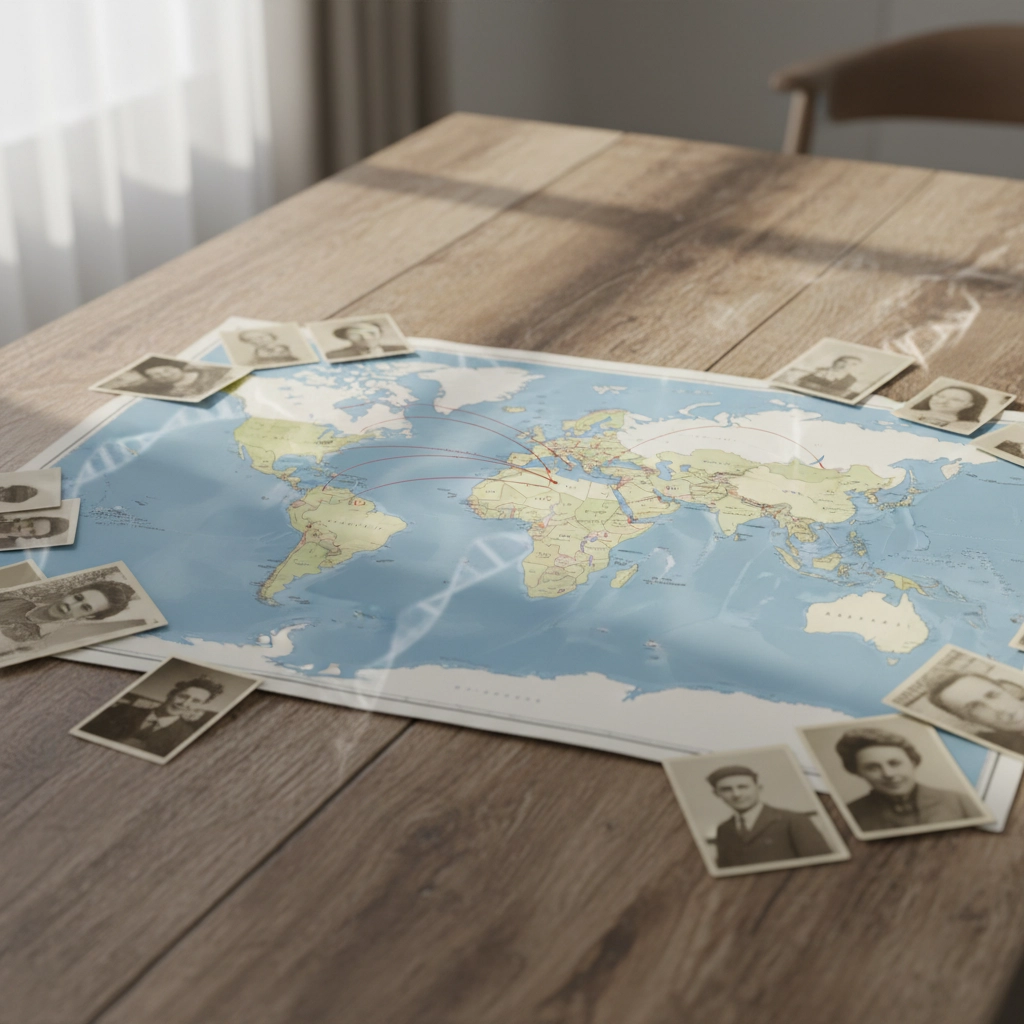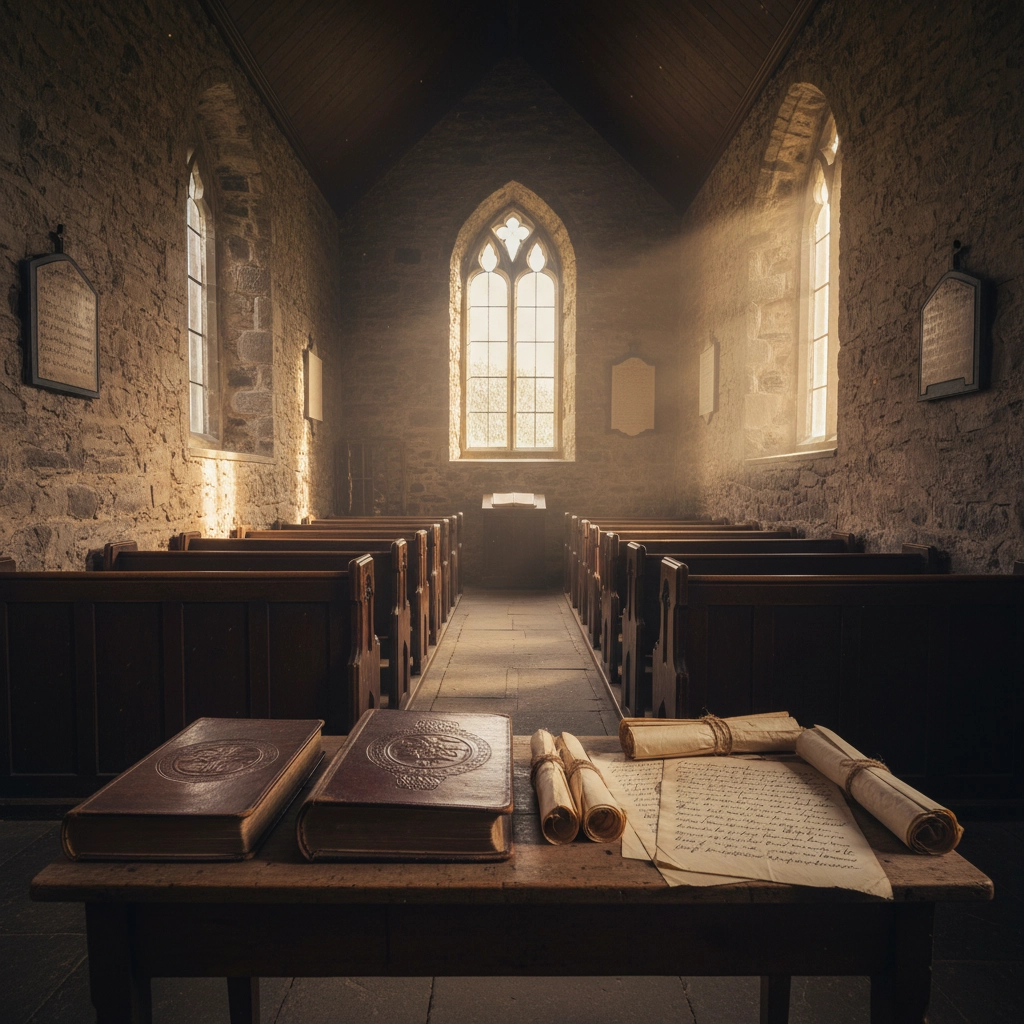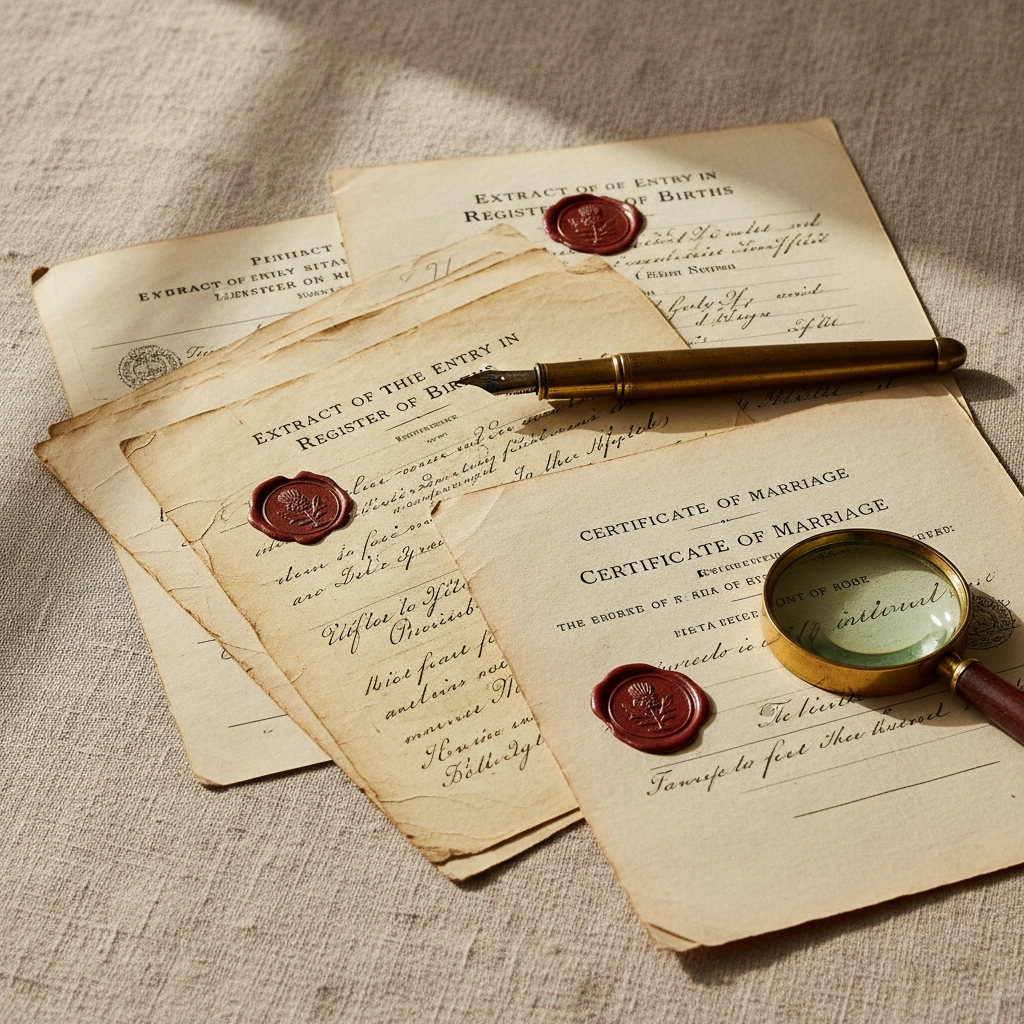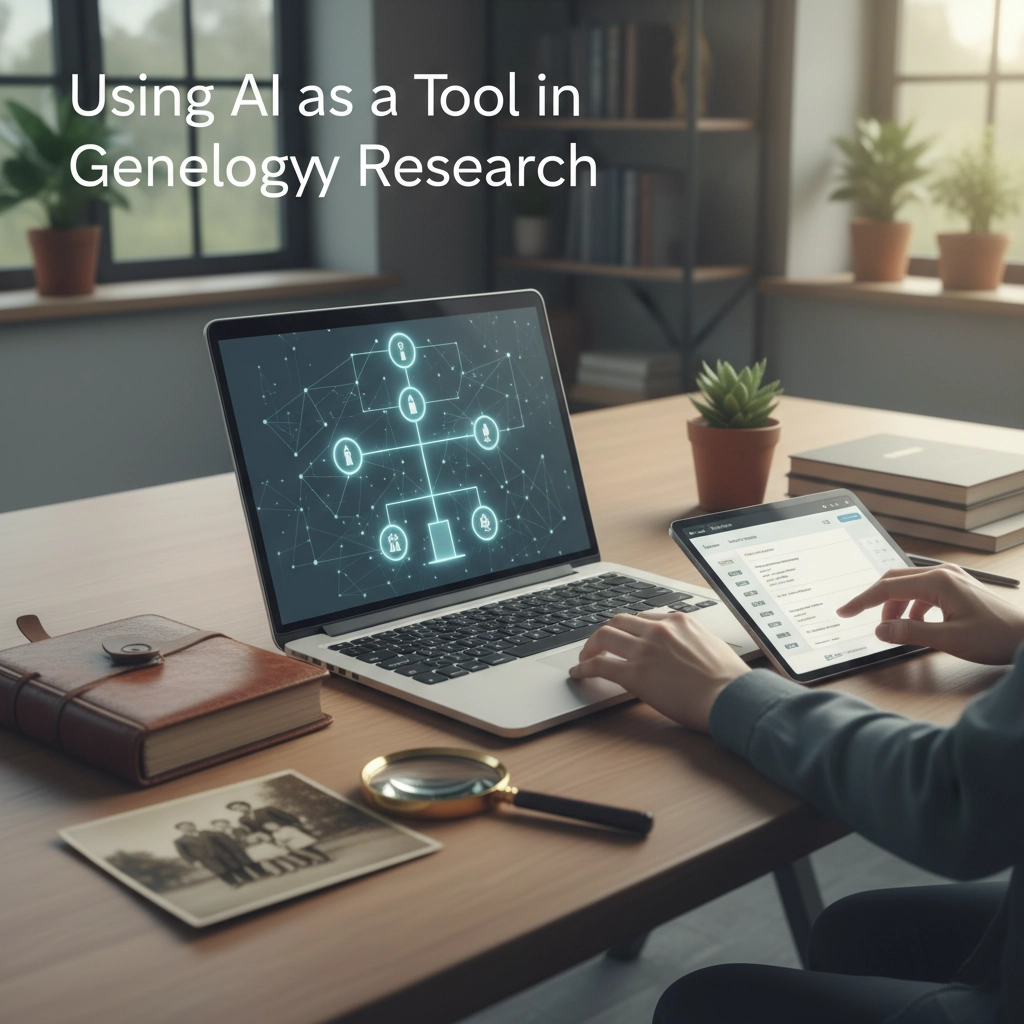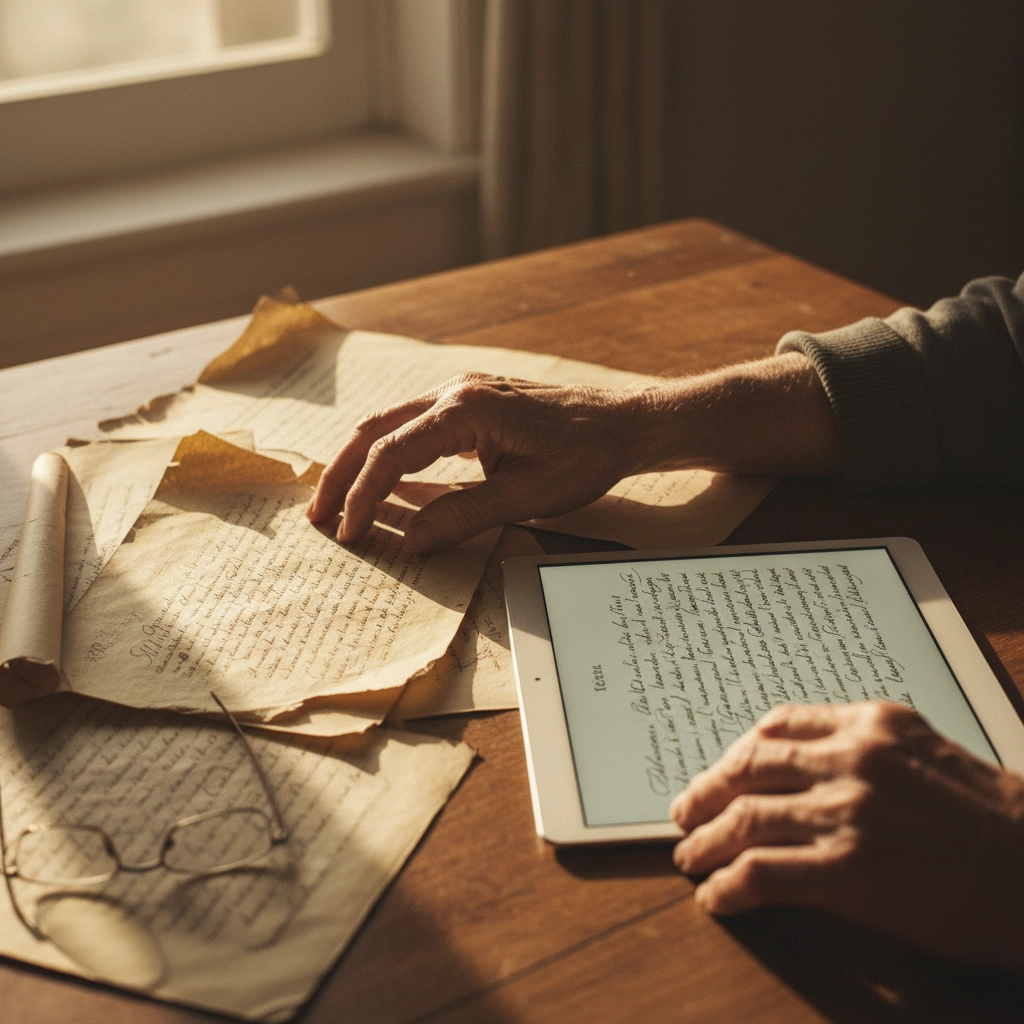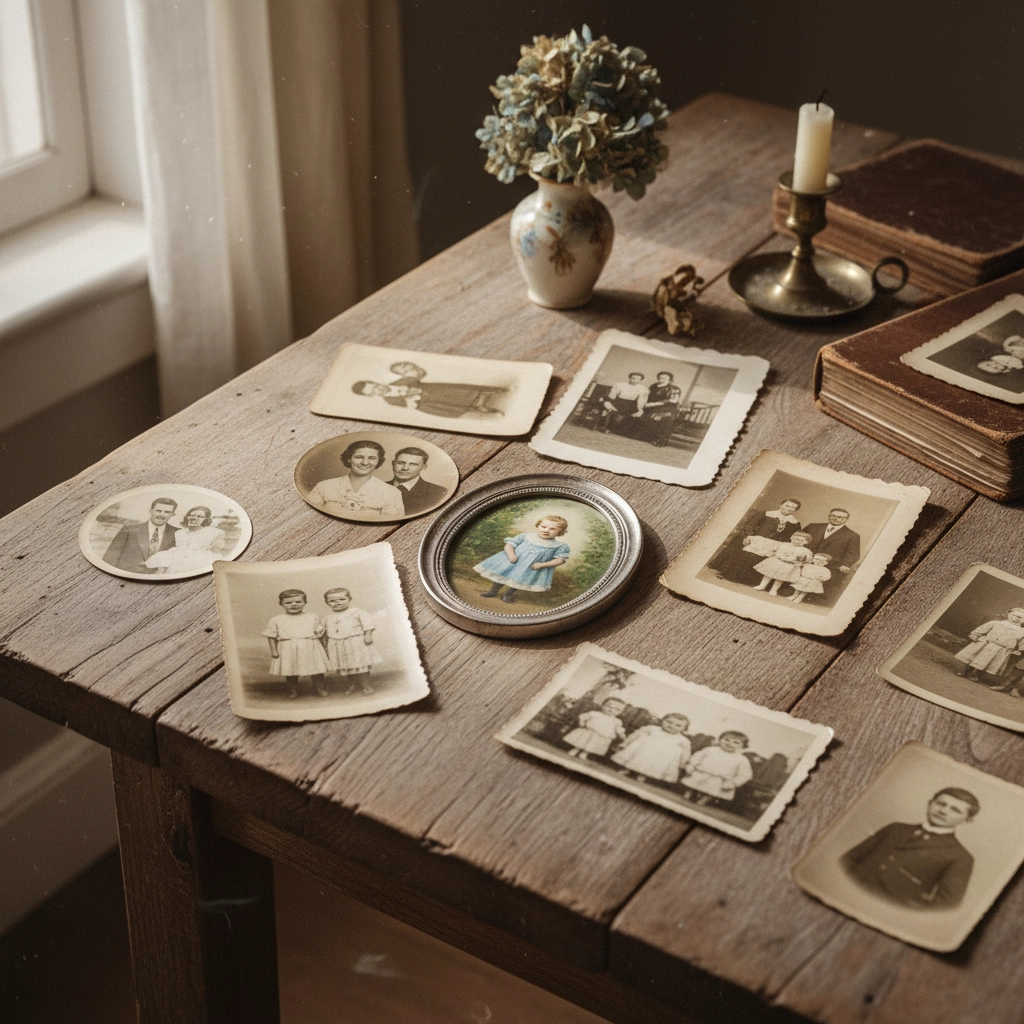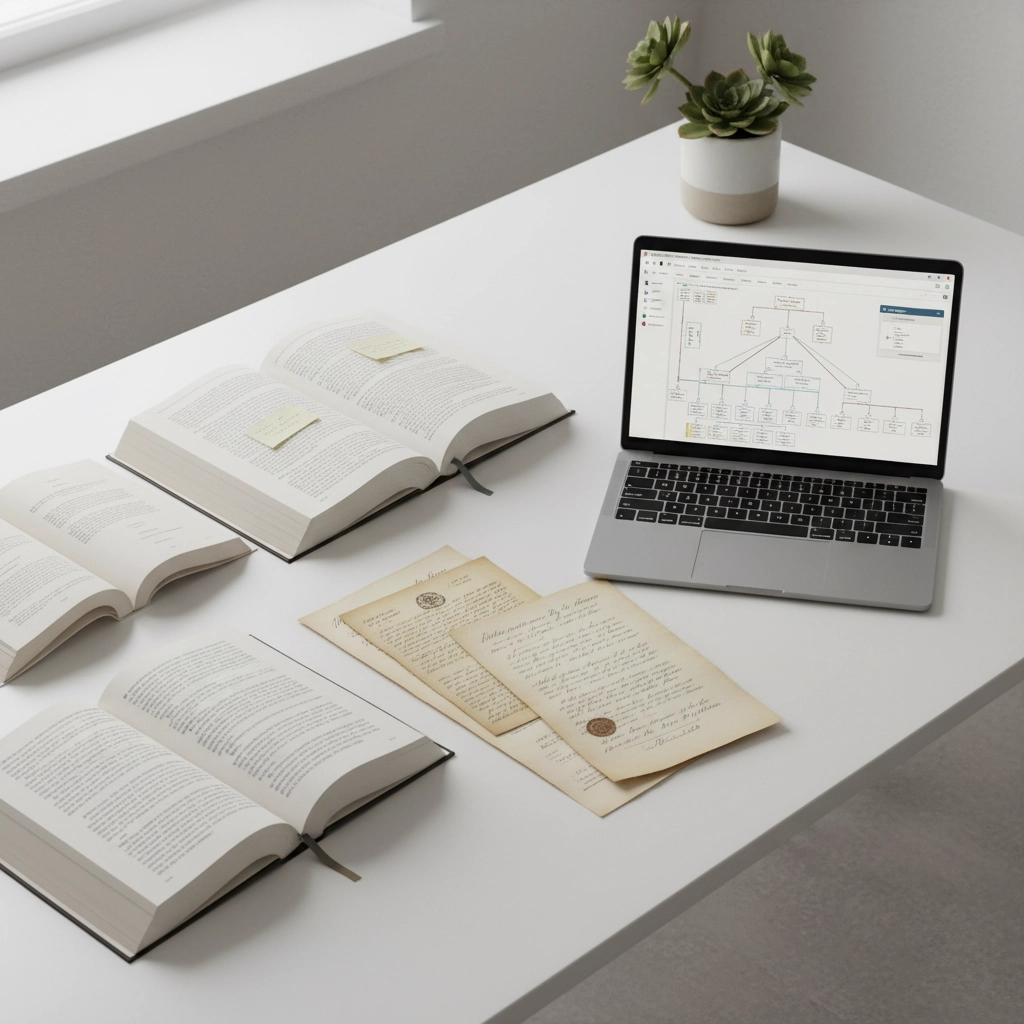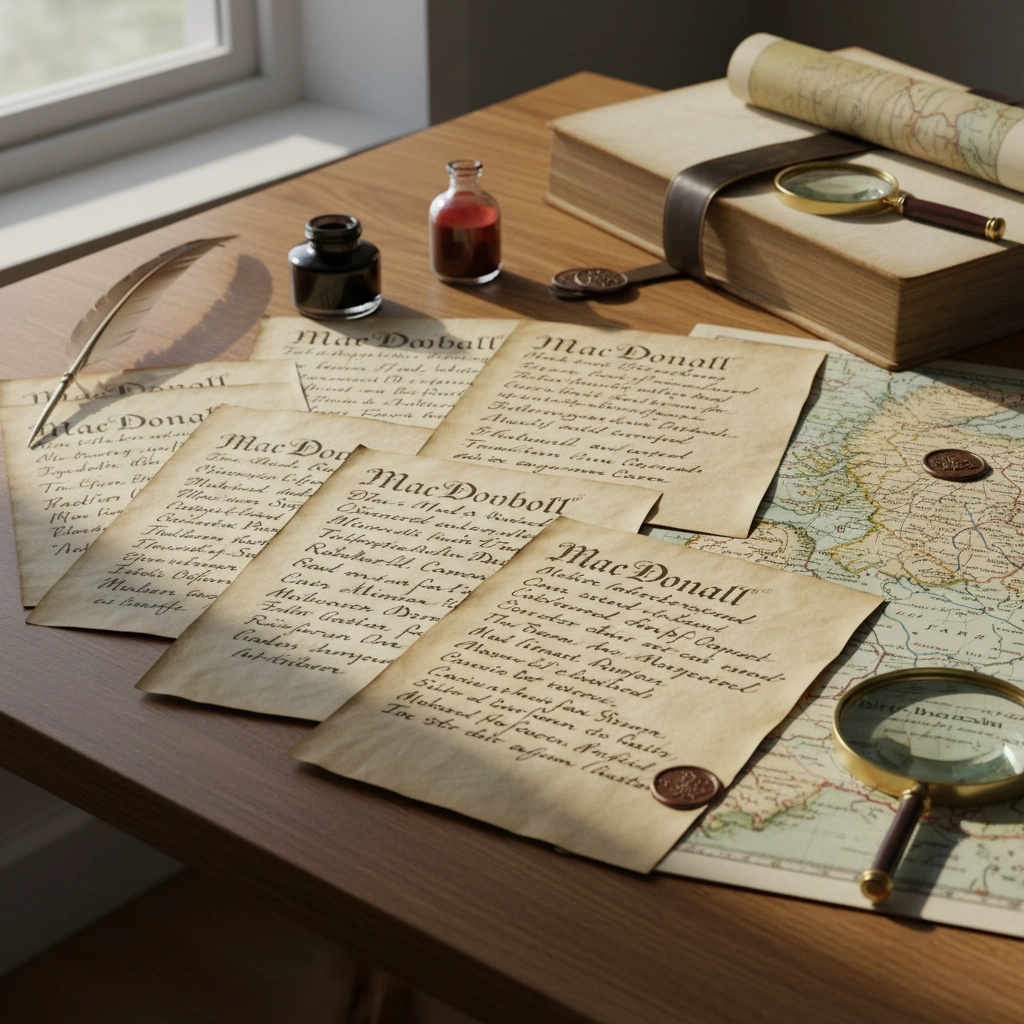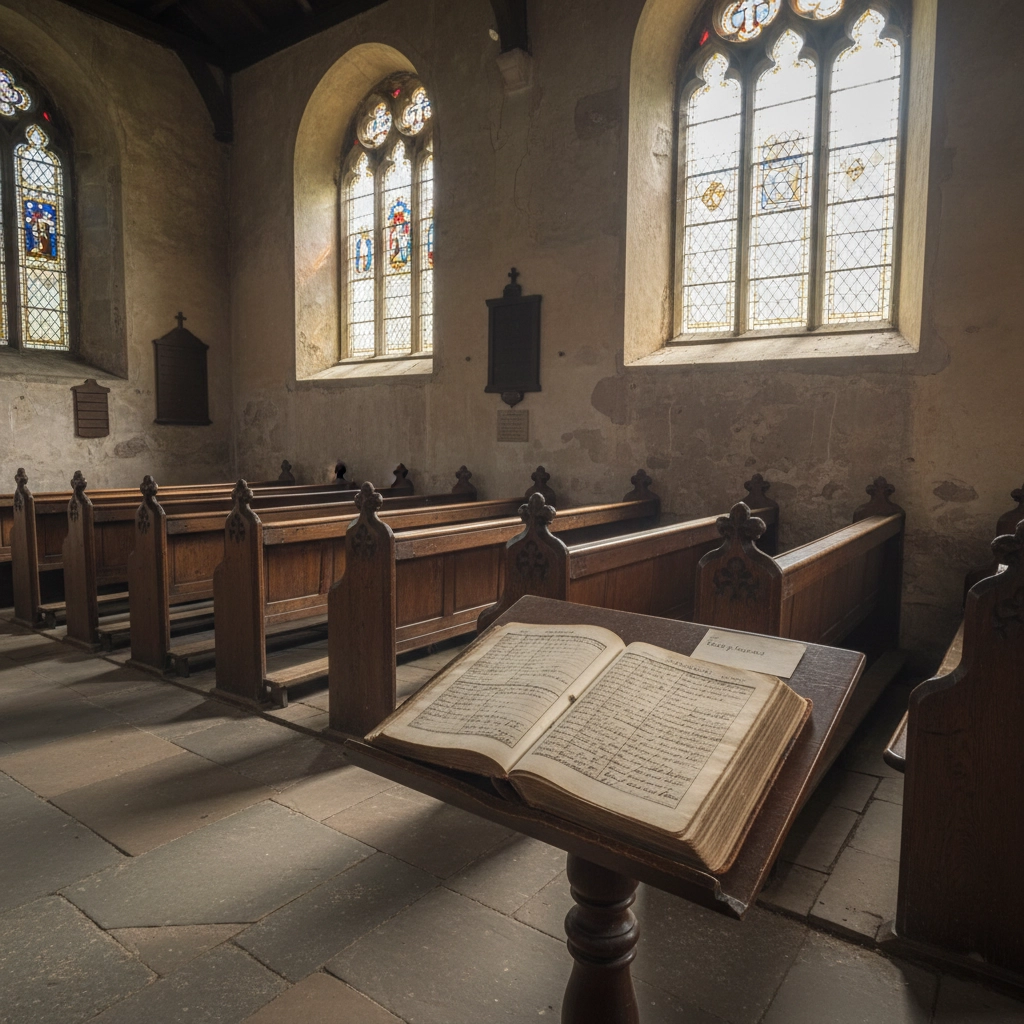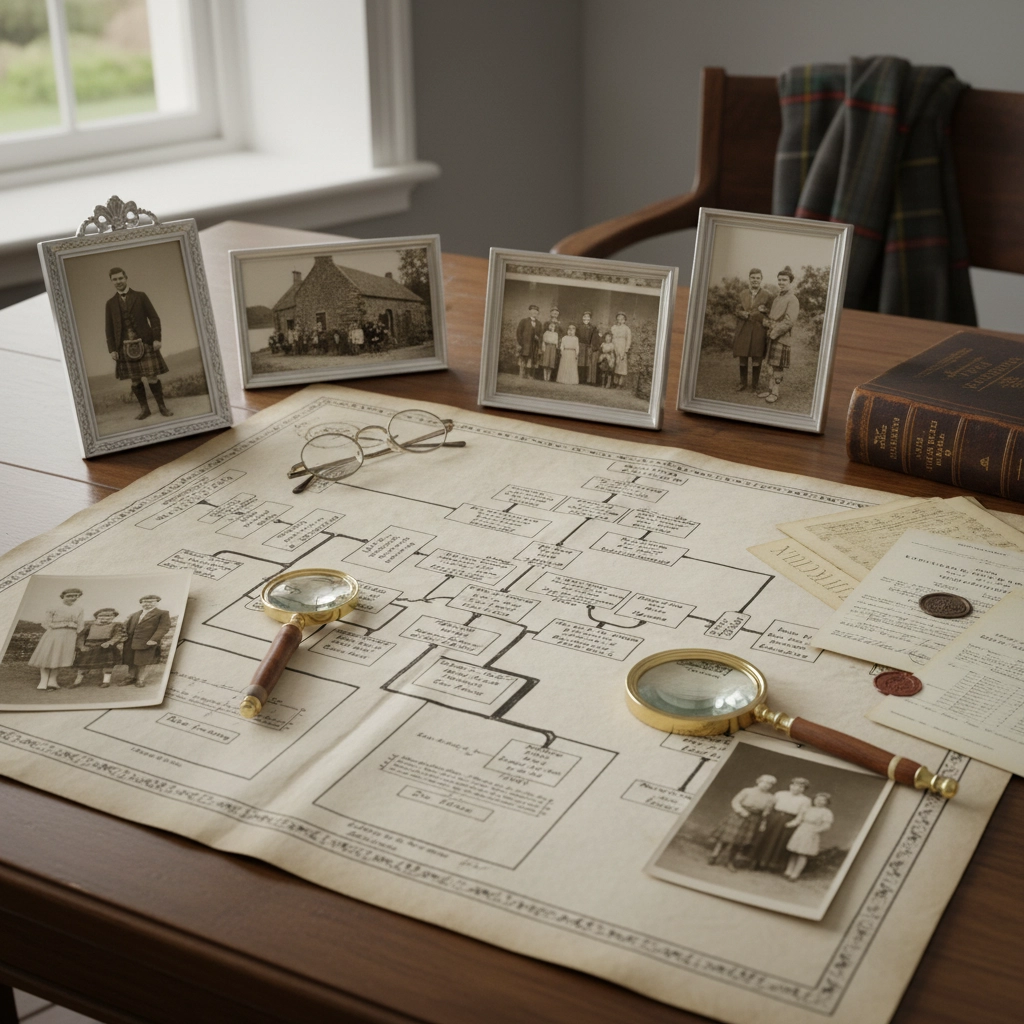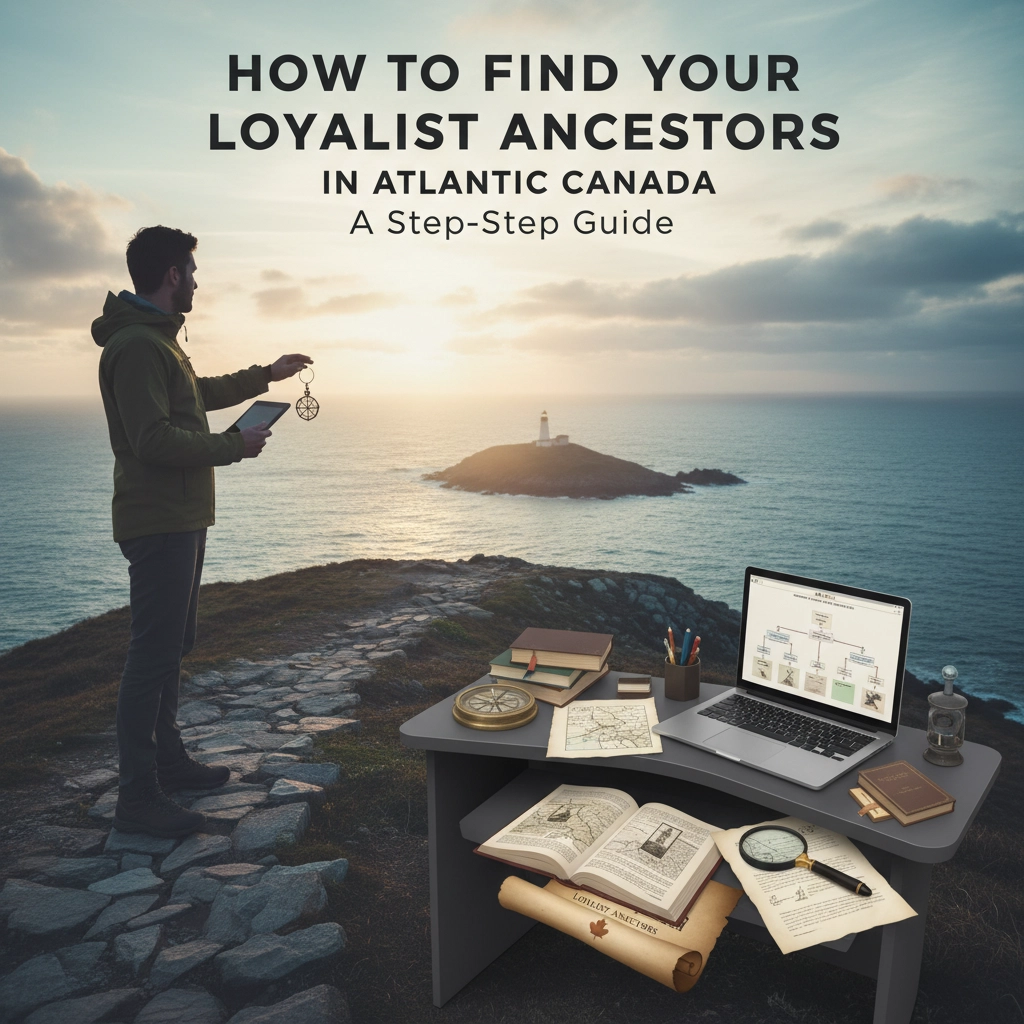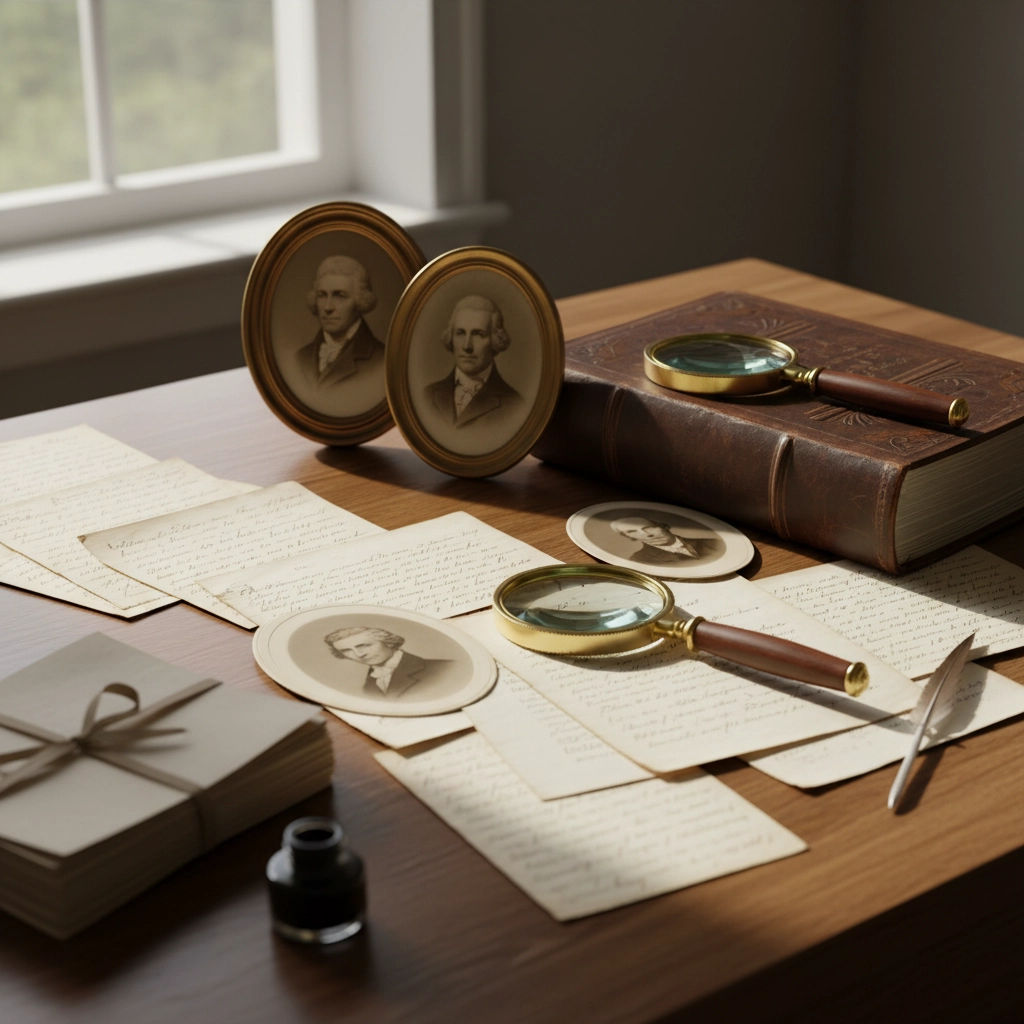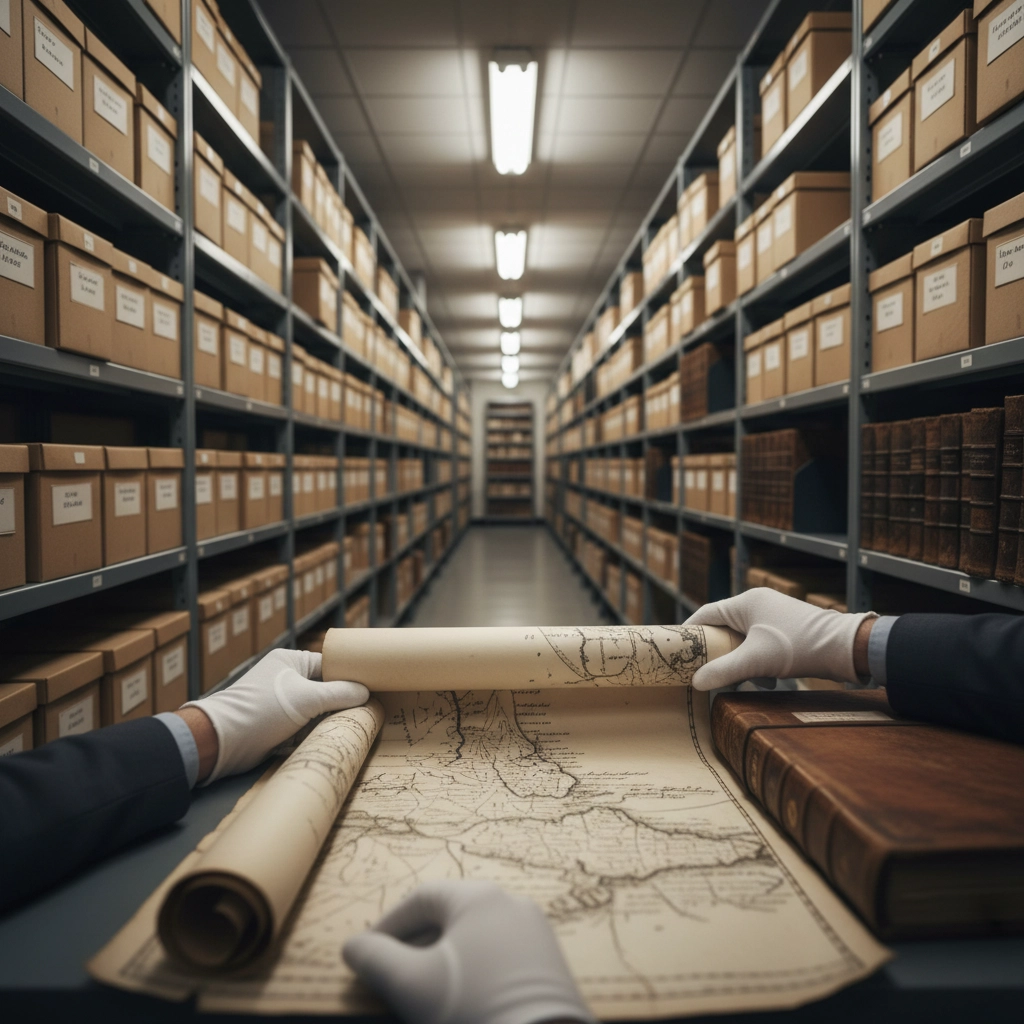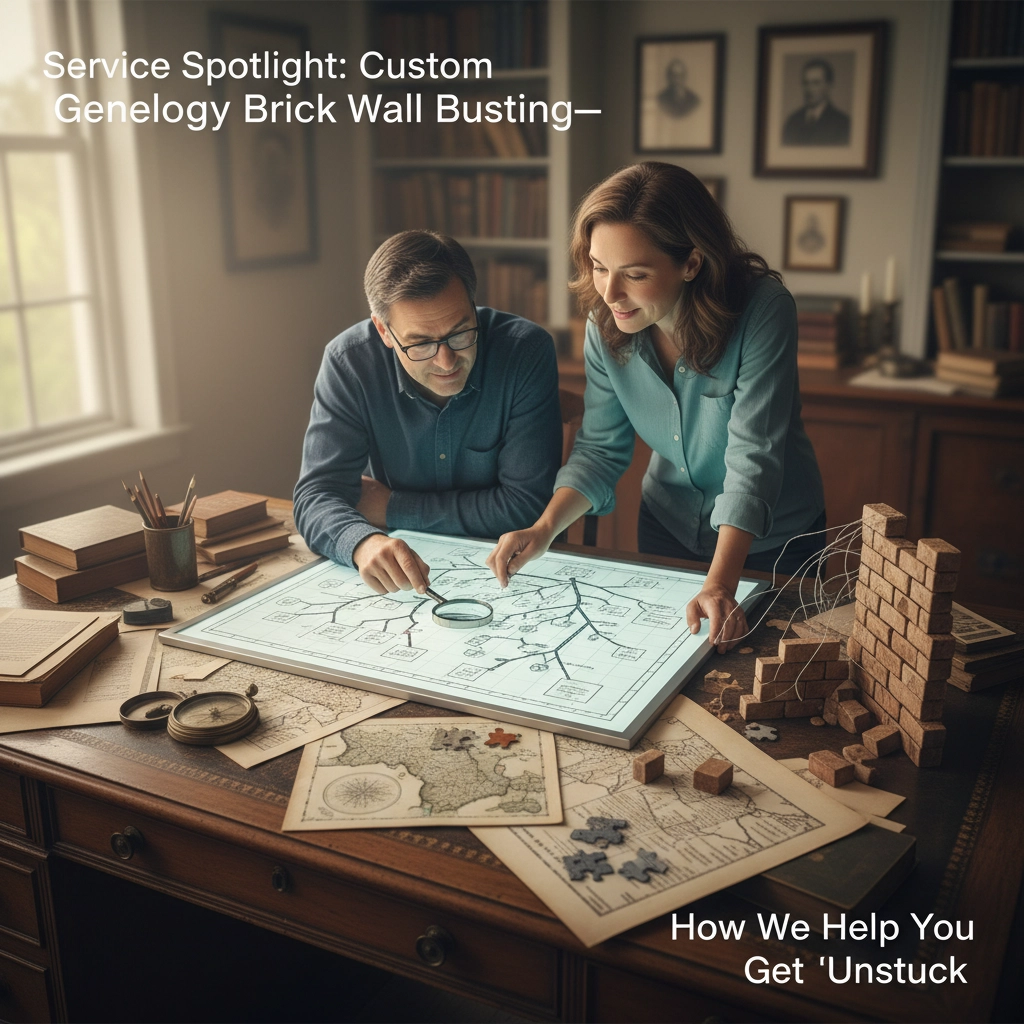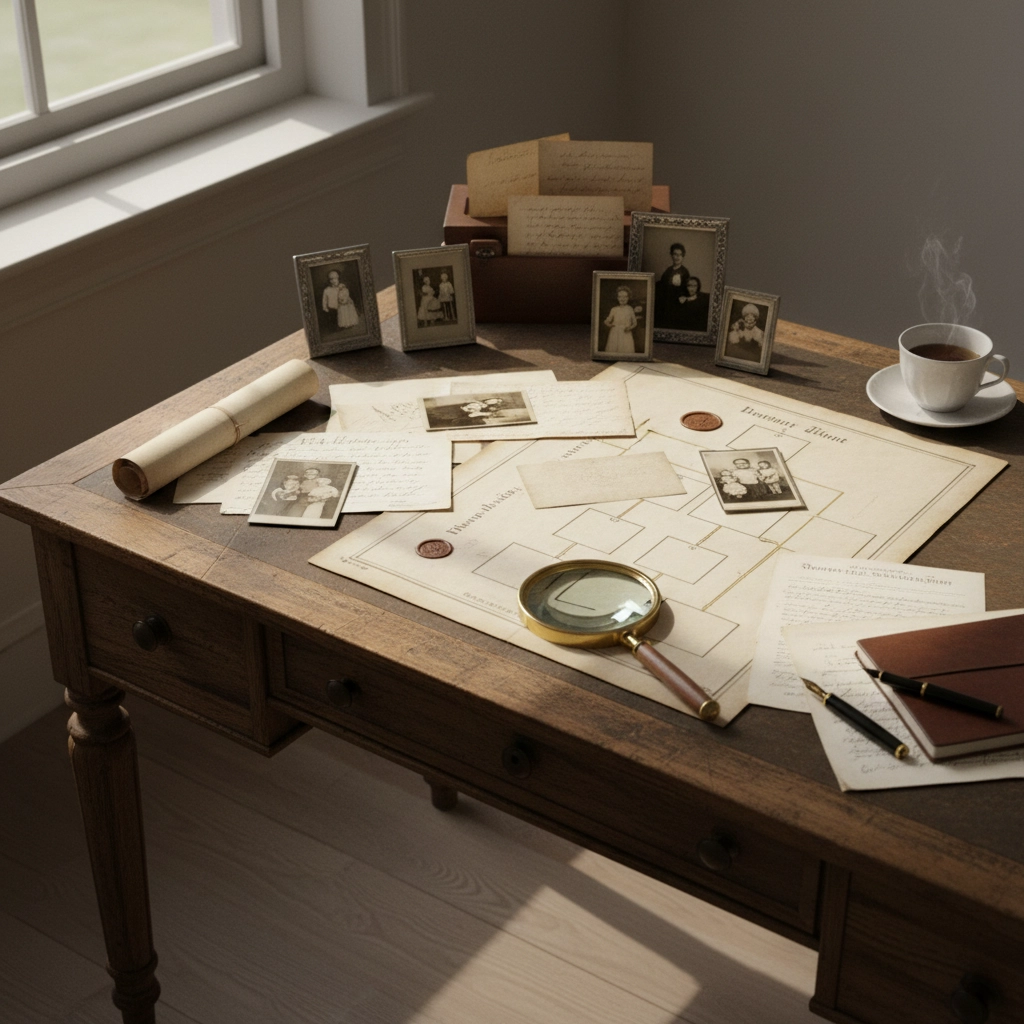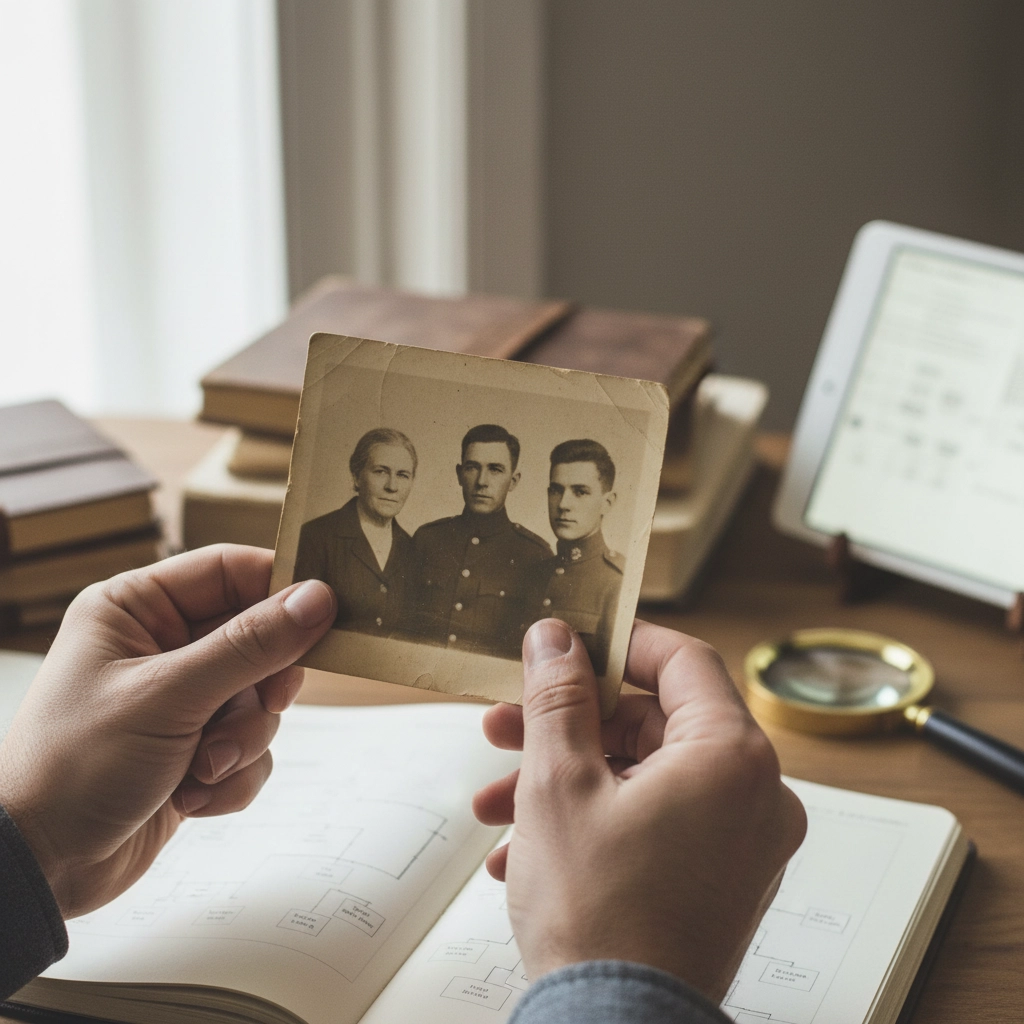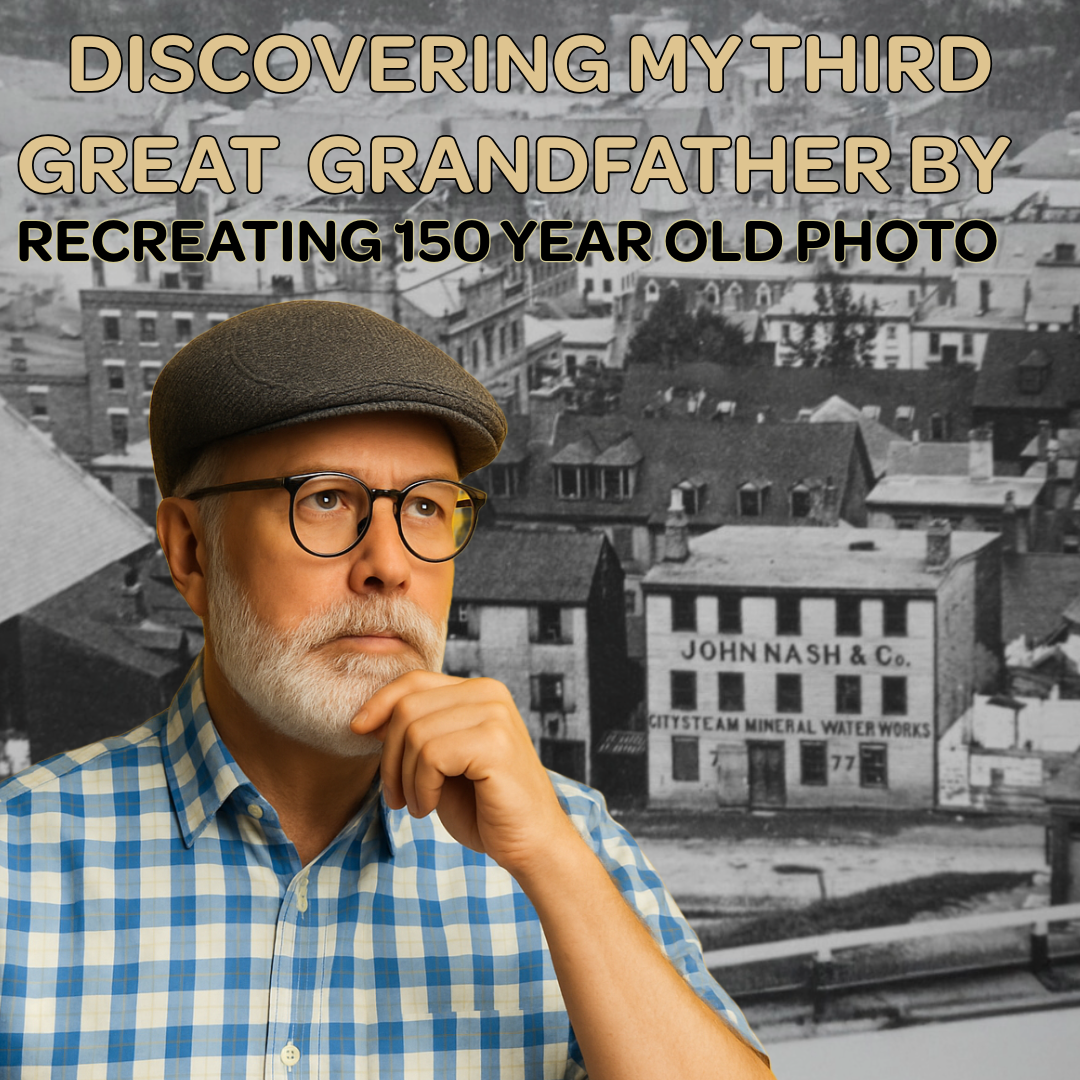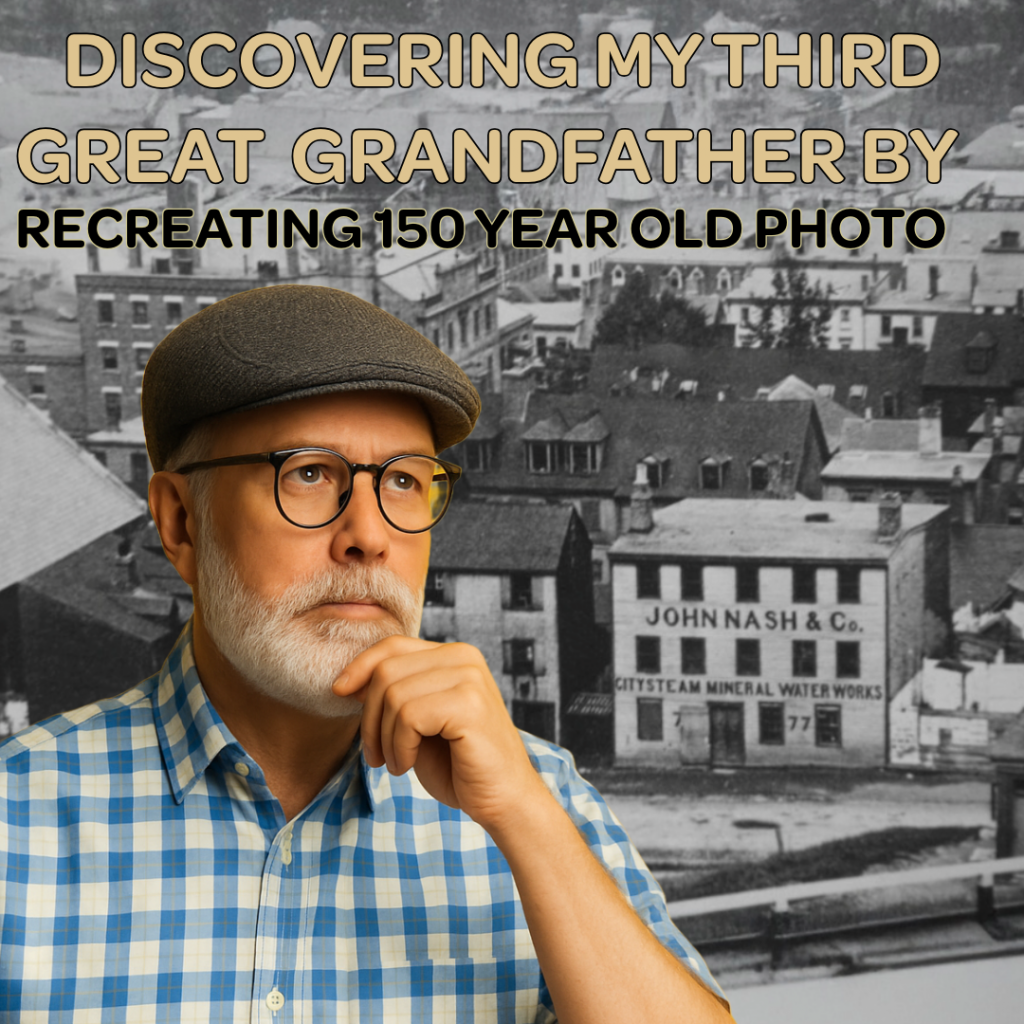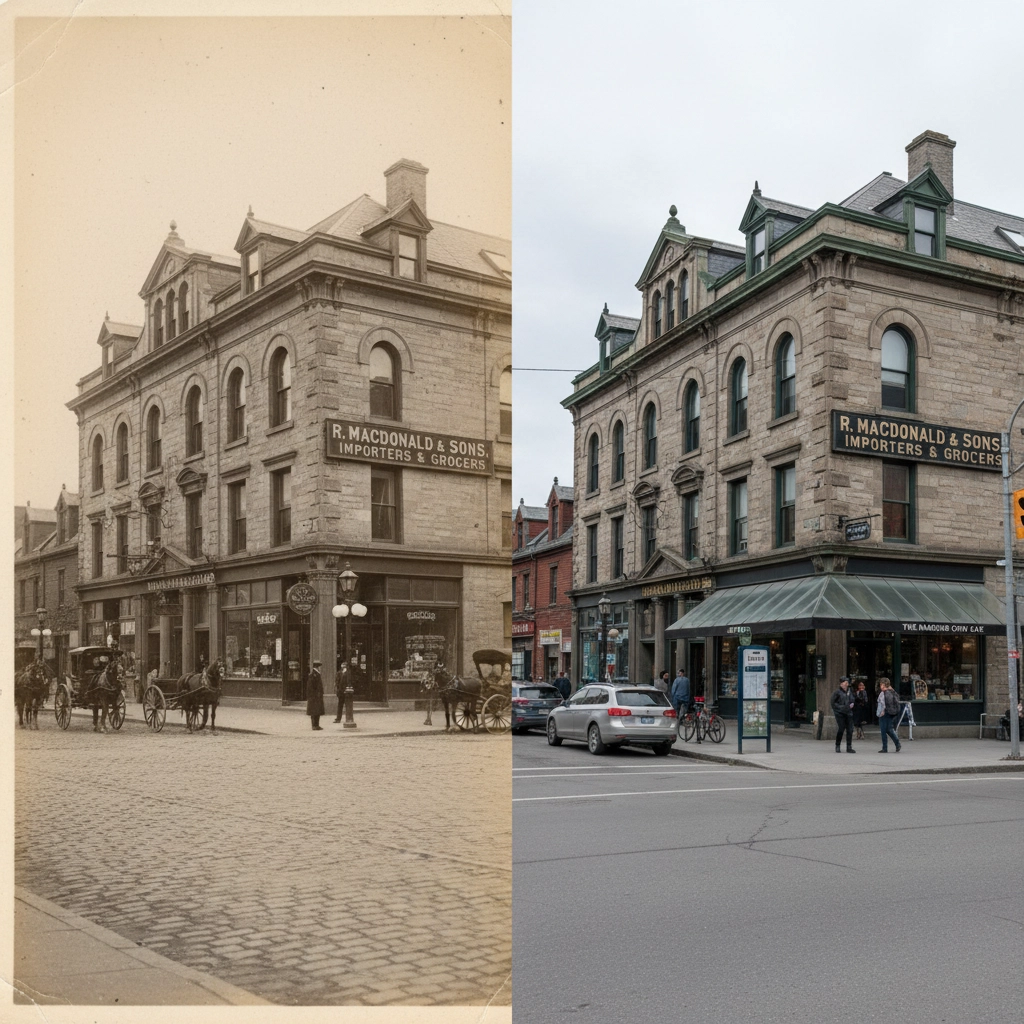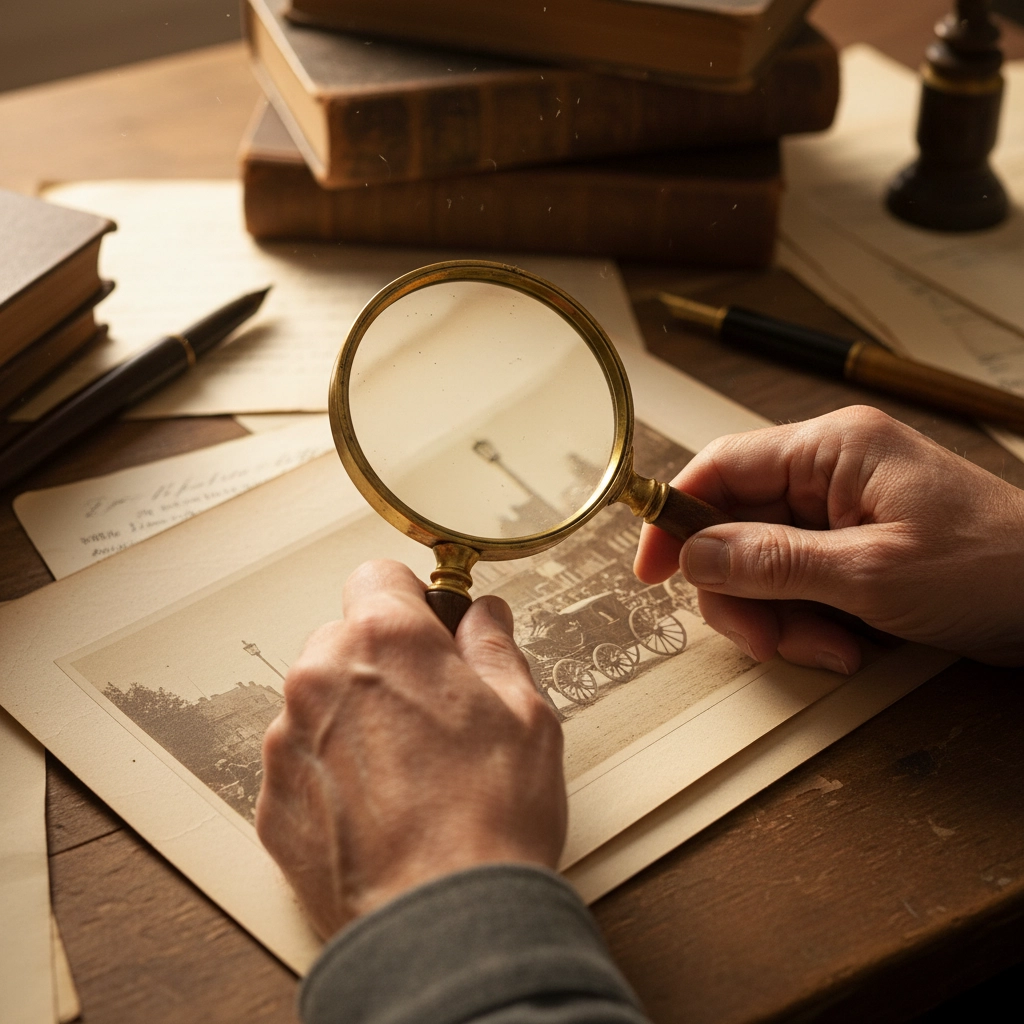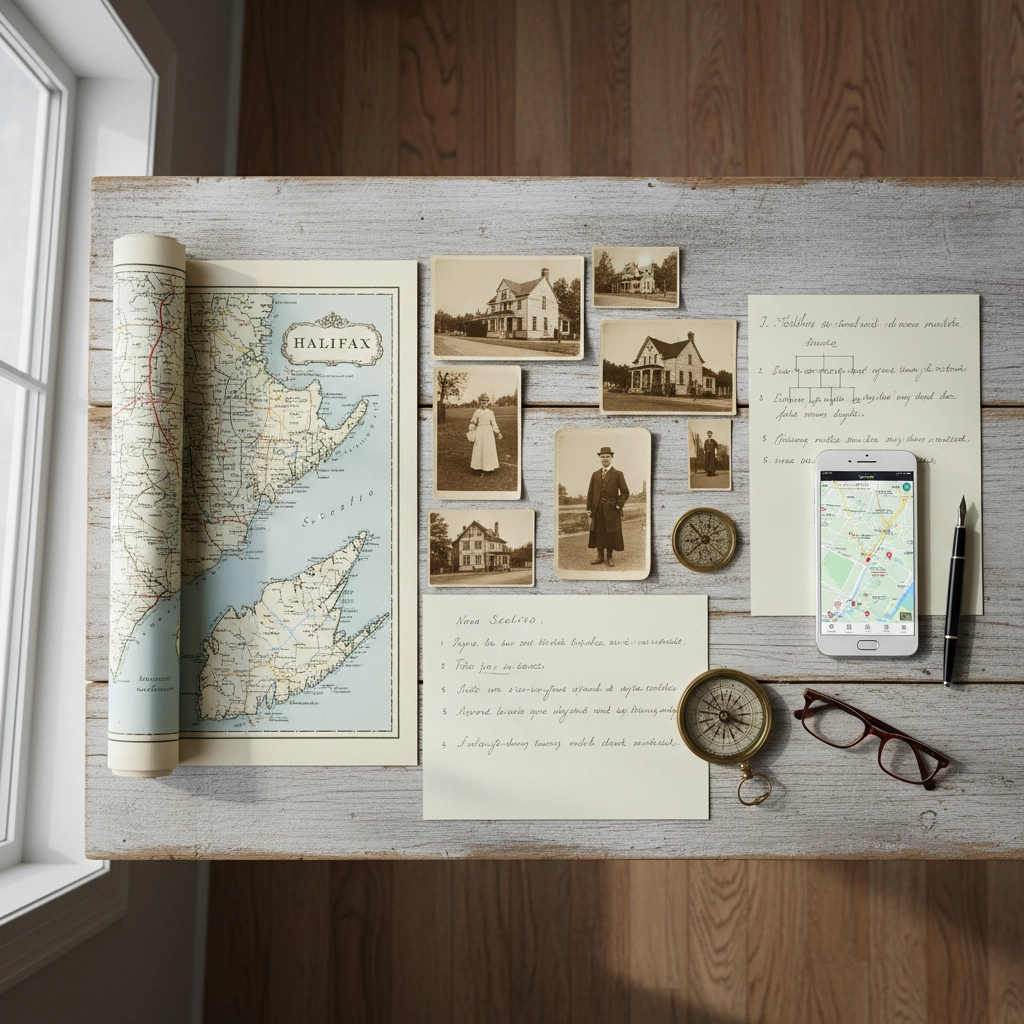Scotland's rich genealogical landscape has undergone a remarkable transformation in 2025, offering family historians unprecedented access to centuries of records with just a few clicks. Whether you're tracing Highland ancestors, Lowland farmers, or Scottish emigrants who made their way to Atlantic Canada, this year's expanded digital collections provide your secret weapon for breaking through those stubborn brick walls.
The days of travelling to Edinburgh or Glasgow to access crucial records are largely behind us. Today's Scottish genealogy researcher has a treasure trove of resources at their fingertips, from newly digitised parish registers to groundbreaking databases that weren't even imaginable a decade ago.
The Crown Jewel: ScotlandsPeople Gets Even Better
ScotlandsPeople remains the undisputed champion of Scottish genealogy platforms, and 2025 has brought significant enhancements that make it absolutely essential for serious researchers. Run by the National Records of Scotland, this isn't just another genealogy website: it's the official custodian of Scotland's historical records, making it your most reliable starting point.
What sets ScotlandsPeople apart is its unique blend of free searching with reasonably priced document access. You can search their extensive collections without spending a penny, then purchase high-quality scans of original documents only when you've found exactly what you need. It's like having a research assistant who lets you browse before you buy.
The platform's collections span civil registration records, parish registers, wills and testaments, valuation records, and much more. For genealogists working with Atlantic Canadian families, these records often provide the crucial Scottish origins that complete the immigration story.
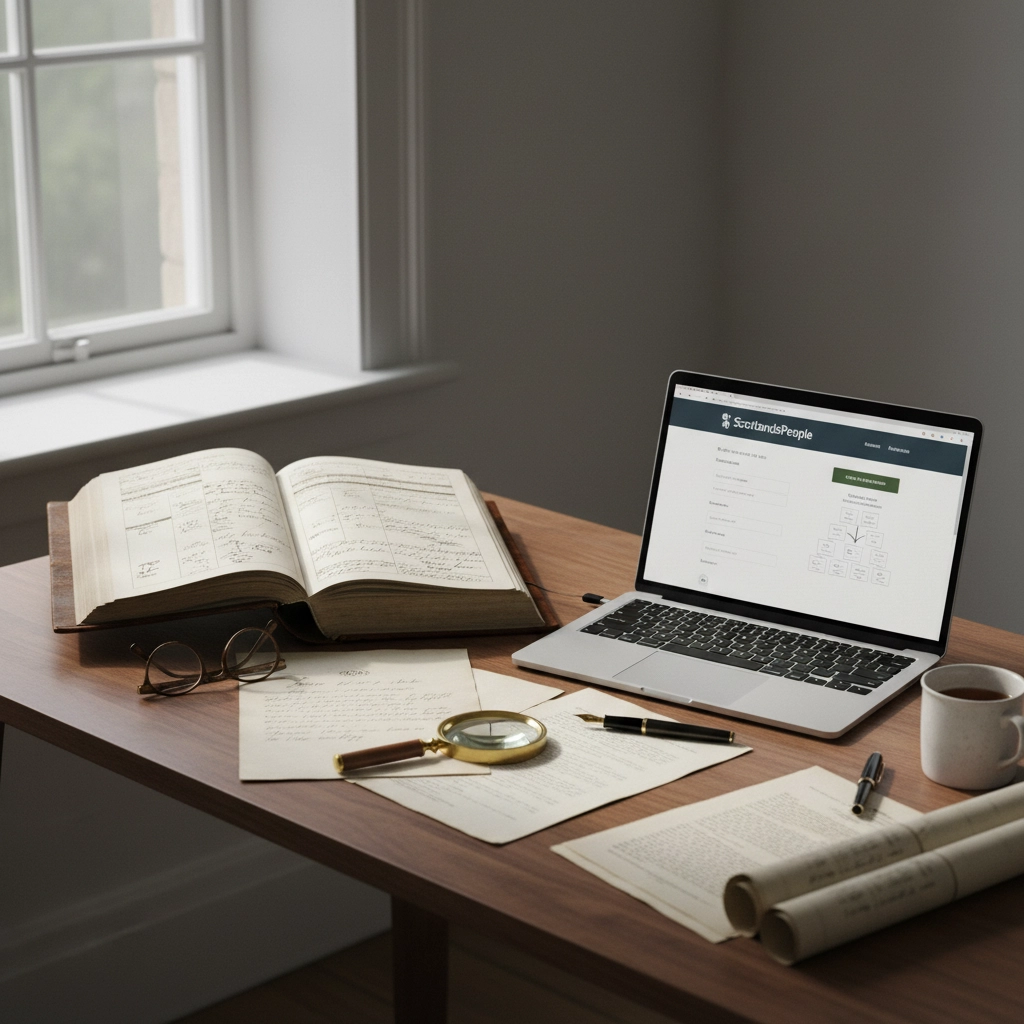
FamilySearch: Your Free Scottish Research Powerhouse
Don't underestimate the power of free resources, particularly FamilySearch's Scottish collections. Their Scotland Births and Baptisms 1564-1950 and Scotland Marriages 1561-1910 indexes provide extraordinary value for researchers operating on any budget.
These collections primarily contain Church of Scotland records prior to 1855 and statutory records from 1856-1874/75. The beauty of FamilySearch lies in its accessibility: you can access these records from home or visit any FamilySearch centre for additional resources. For How We Got Here Genealogy Services clients, I often recommend starting here to establish basic family connections before investing in more specialised platforms.
The search functionality is robust, allowing you to cast wide nets for variant spellings of Scottish surnames or narrow your focus to specific parishes and time periods. Always cross-check your FamilySearch findings with other sources, but don't be surprised when these free records unlock significant breakthroughs.
Findmypast: The Scottish Specialist You Need to Know
Findmypast has positioned itself as the go-to platform for comprehensive Scottish research, and their 2025 collections represent the most extensive Scottish genealogy database available anywhere online. Their Scottish parish records collection spans four centuries and covers every parish in the country: a feat that would have been impossible just a few years ago.
What makes Findmypast particularly valuable is their partnerships with hundreds of family history societies, archives, and volunteers across Scotland. This collaborative approach has resulted in collections you simply won't find elsewhere, including:
- Scottish Catholic Heritage Archive: Groundbreaking digitised parish registers covering all of Scotland's Catholic communities
- Scotland Monumental Inscriptions: The largest online collection of cemetery and gravestone records
- Civil and Modern Records: Comprehensive birth, marriage, death, and burial records from 1855 to 2021
- Poor Law and Poor Lists: Often overlooked records that document ancestors who faced hardship
The Poor Law records deserve special attention from Atlantic Canadian researchers. These documents frequently capture individuals who might not appear in traditional church or civil records, often providing crucial details about families preparing for emigration.
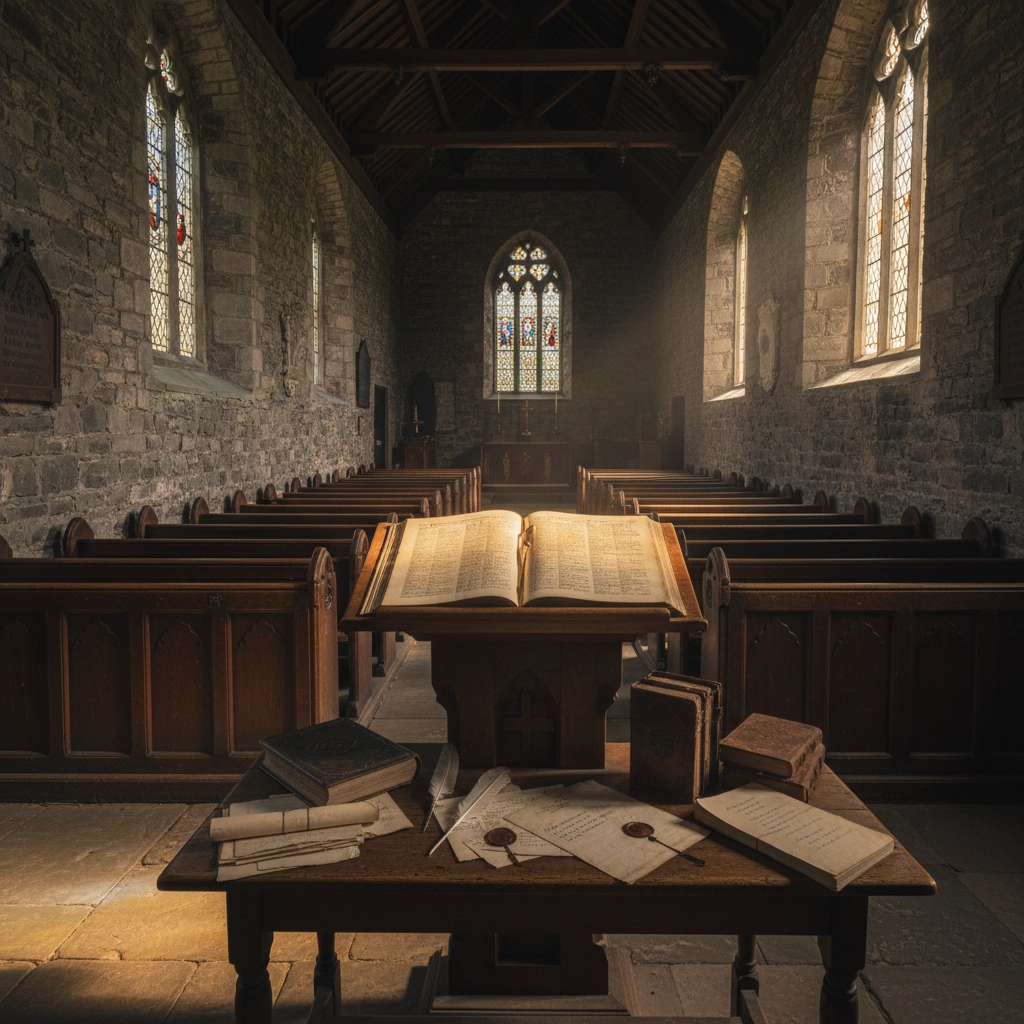
Hidden Gems: Scottish Indexes and Community Resources
While the major platforms grab headlines, some of the most valuable Scottish research happens through specialised community resources. Scottish Indexes offers detailed free indexes of National Records of Scotland materials that would otherwise be difficult to access, including paternity cases and asylum records.
These indexes serve as excellent reconnaissance tools. You can search freely to identify promising records, then purchase scans of original documents when you've confirmed a match. It's a cost-effective approach that professional genealogists have used for years.
The National Library of Scotland's Internet Archive platform deserves recognition as a hidden gem. Their freely available collections include published family histories, military lists for the British Army, RAF, and Royal Navy, rolls of honour, gazetteers, and over a thousand Post Office directories. For researchers tracing Scottish military service or seeking geographical context, this resource is invaluable.
Navigating Regional and Local Resources
Scotland's diverse regions each offer unique research challenges and opportunities. Local archive platforms like the Friends of Dundee City Archives provide transcribed church records, burial records, burgh registers, trade directories, school records, and Poor Law registers specific to particular areas.
Don't overlook platforms like Electric Scotland and Virtual Mitchell, which offer community-driven access to Scottish genealogy materials. While these resources require more careful verification than official archives, they often contain transcriptions and materials unavailable elsewhere.
The key to success with regional resources is understanding which specific locations and dates are covered by each collection. Before diving deep into research, verify the geographical and temporal scope of your chosen databases.
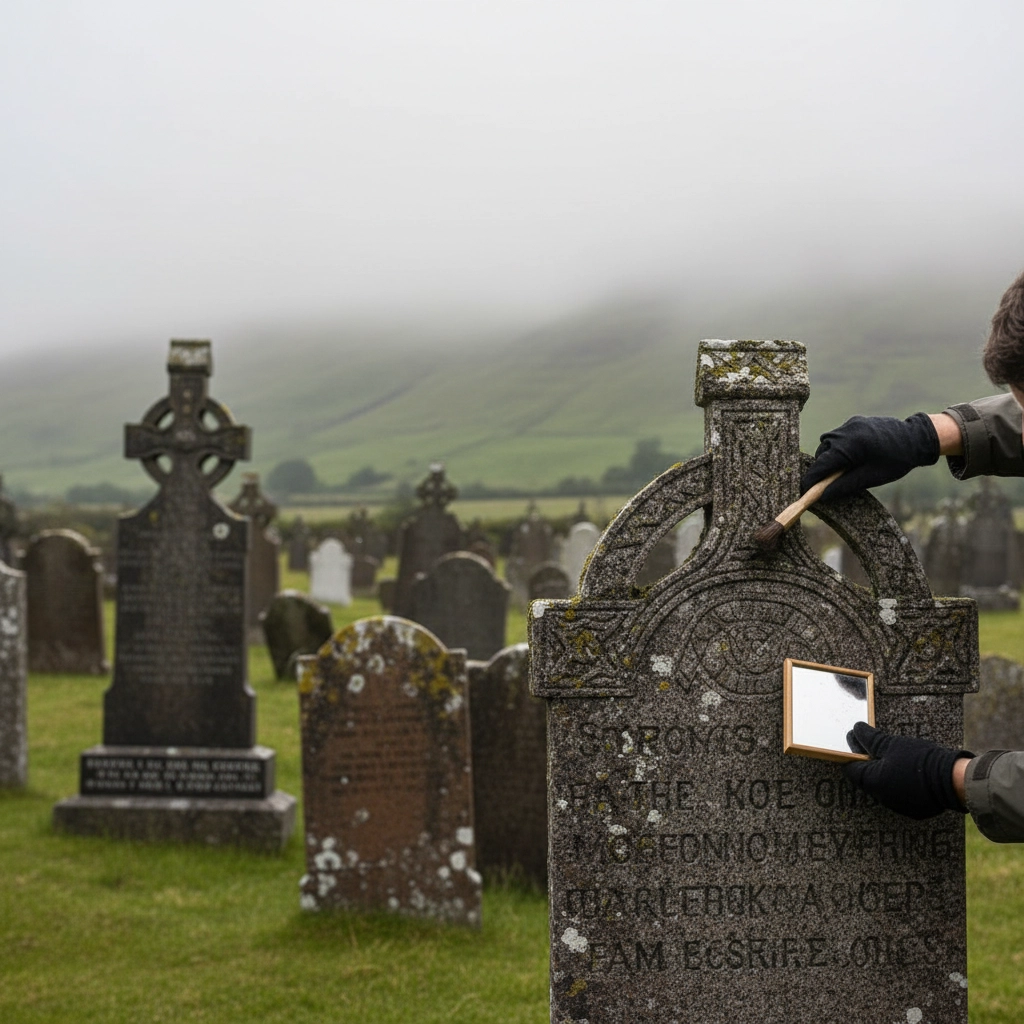
Strategies for Success in 2025
Modern Scottish genealogy research requires a multi-platform approach. Start with free resources like FamilySearch to establish basic family connections, then use ScotlandsPeople for official documentation, and supplement with Findmypast's specialised collections for comprehensive coverage.
Keep a meticulous research log noting which platforms you've searched, what terms you've used, and what results you've found. Scottish record-keeping varied significantly between regions and time periods, so systematic searching prevents overlooking crucial information.
Be open to exploring different record types. Scottish genealogy offers far more than birth, marriage, and death records. Kirk session records, heritors' records, school registers, and trade guild memberships can provide rich detail about ancestors' daily lives.
Use translation tools when necessary. Older Scottish records, particularly from the Highlands and Islands, may contain Gaelic terms or archaic Scottish terminology that modern researchers find challenging.
Making Sense of Scottish Record Keeping
Understanding Scottish record-keeping practices enhances your research effectiveness dramatically. Scotland's civil registration began in 1855, making it one of the first countries to implement comprehensive vital statistics recording. However, this late start means parish records remain crucial for earlier research.
Scottish parish records vary significantly in quality and completeness. Lowland parishes generally maintained better records than Highland communities, where oral tradition remained strong well into the 19th century. Border regions experienced particular challenges due to frequent conflicts and political upheaval.
The relationship between church and state in Scotland created unique record-keeping patterns. Established Church of Scotland parishes maintained official records, while dissenting congregations, Catholics, and other denominations created parallel documentation systems. Modern digital collections increasingly capture these diverse religious traditions.
Building Your Scottish Research Foundation
Success with Scotland's new online records begins with solid preparation. Gather everything you already know about your Scottish connections, including family stories, immigration records, and DNA matches. These details guide your digital searches and help verify potential matches.
Develop familiarity with Scottish naming patterns, geography, and historical context. Scottish families traditionally used patronymic naming systems, where children received names from grandparents in specific patterns. Understanding these conventions helps identify family relationships even when explicit genealogical records are missing.
Consider the historical forces that shaped your ancestors' lives. Highland Clearances, religious persecution, economic opportunities, and family networks all influenced Scottish emigration patterns. This context helps explain why your ancestors left Scotland and where they might appear in records.
The Future of Scottish Genealogy Research
The digitisation of Scottish records continues accelerating, with new collections appearing regularly throughout 2025. Stay connected with genealogy communities and professional organisations to learn about newly available resources as they become accessible.
Artificial intelligence and machine learning increasingly enhance record transcription and indexing accuracy. While human verification remains essential, these technological advances make Scottish records more searchable and accessible than ever before.
Collaborative genealogy continues expanding, with DNA testing and online family trees creating new opportunities for connecting with distant cousins and sharing research. Scottish genealogy has always been a community endeavour, and modern technology amplifies these traditional collaborative approaches.
The landscape of Scottish genealogy research has never been more promising. With comprehensive digital collections, powerful search tools, and active research communities, 2025 represents an unprecedented opportunity for discovering your Scottish heritage. Whether you're just beginning your journey or seeking to break through long-standing brick walls, Scotland's new online records provide the resources you need to succeed.
Remember, uncovering your Scottish family history is a journey, not a sprint. Every record and every story brings you closer to understanding the remarkable people who shaped your heritage. These digital tools simply make that journey more accessible, efficient, and rewarding than ever before.
By Brian Nash, Chief Genealogist and Owner, How We Got Here Genealogy Services
